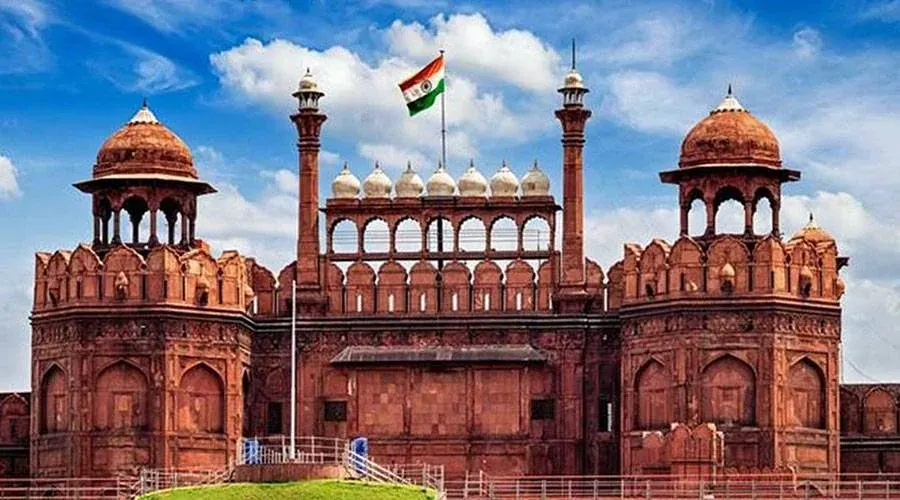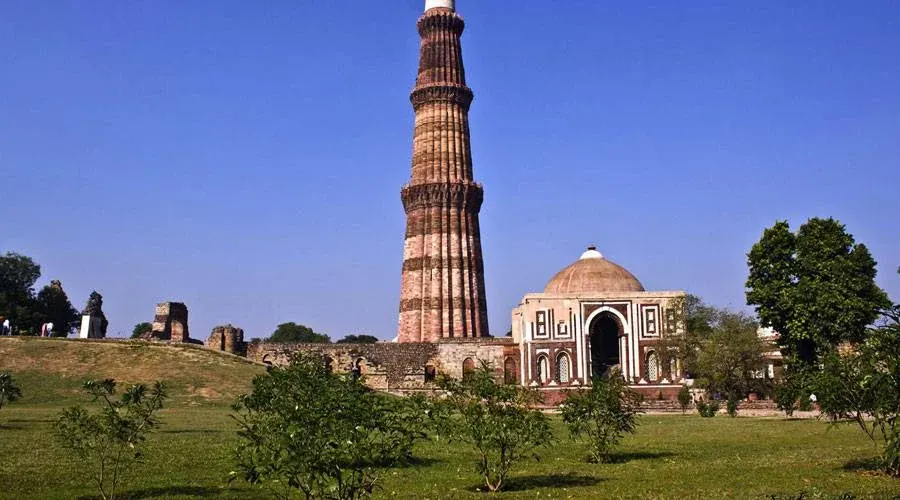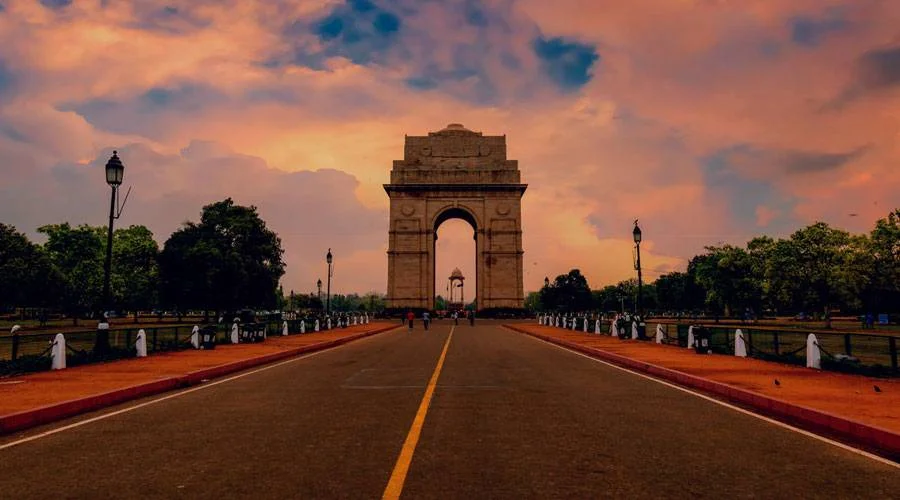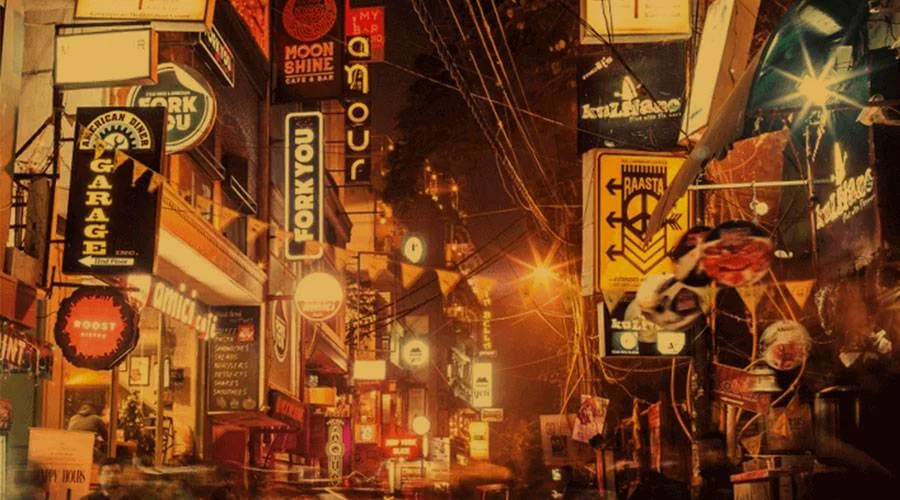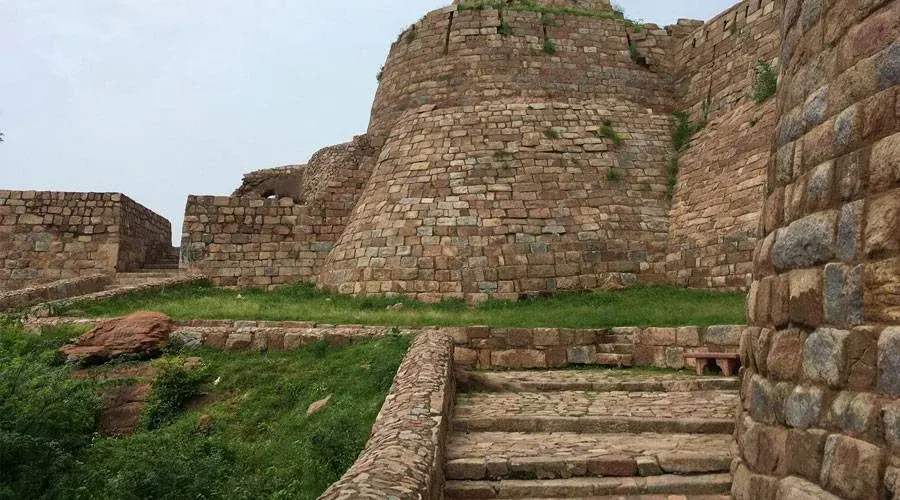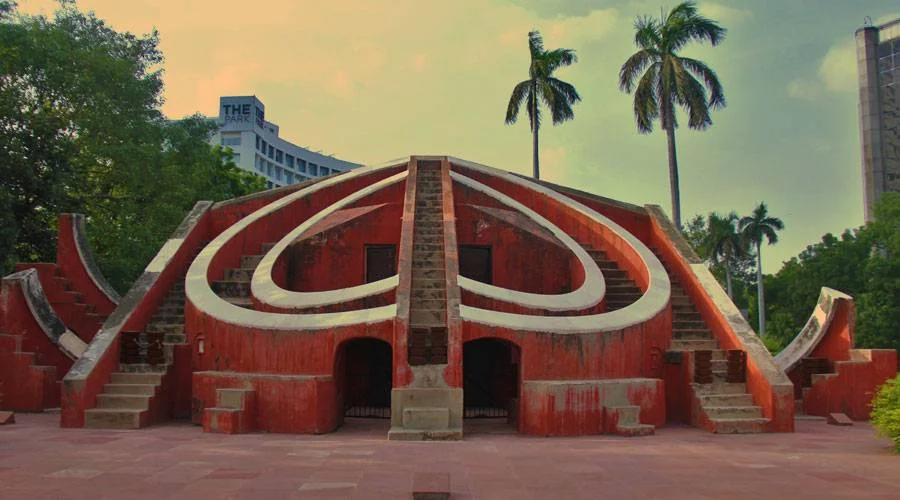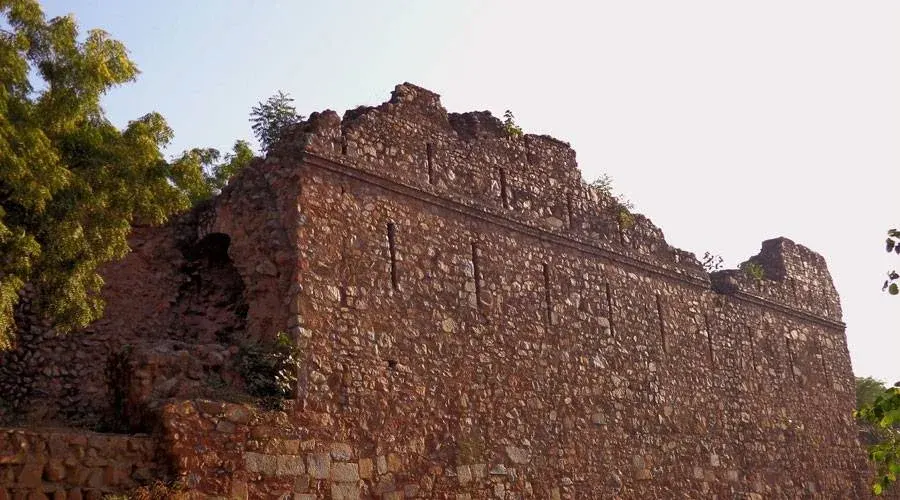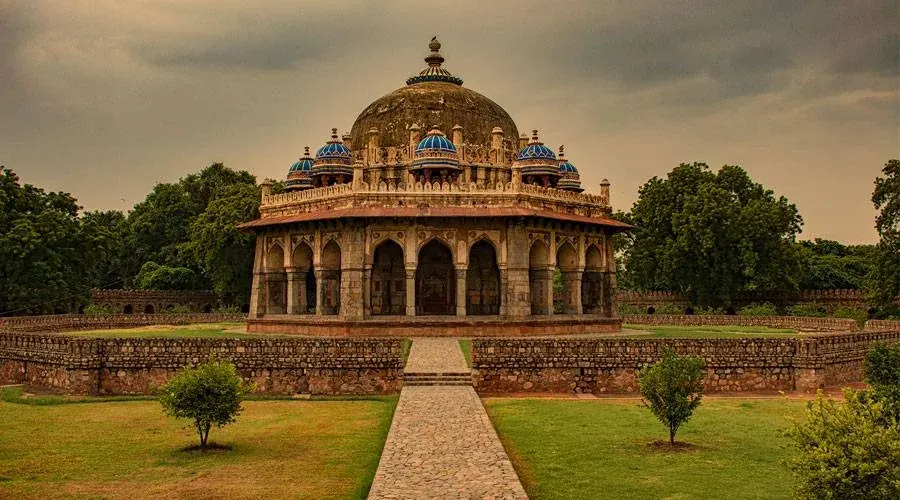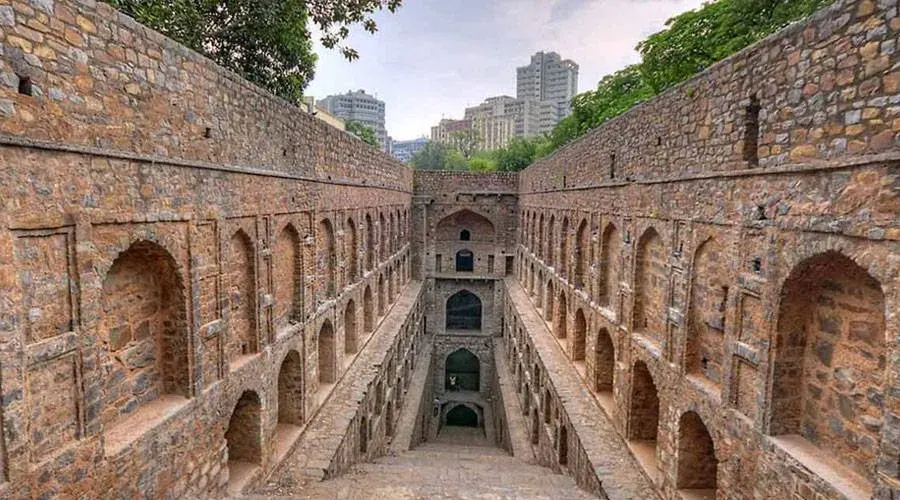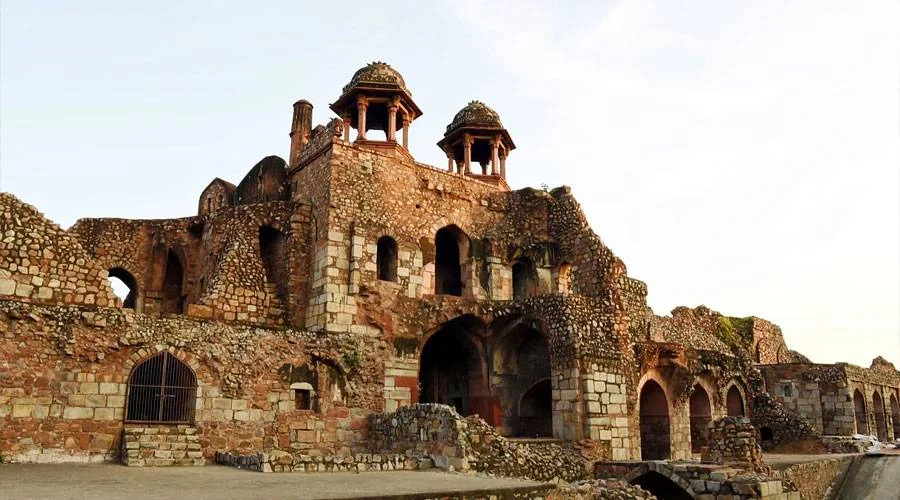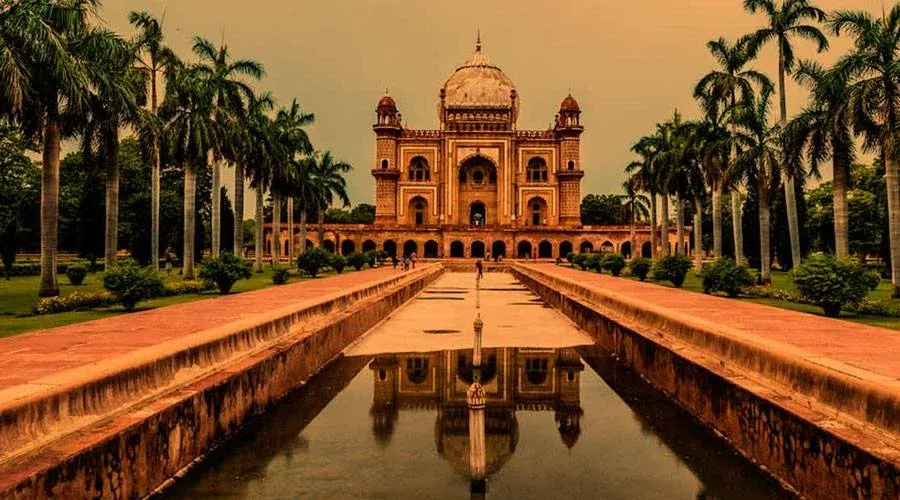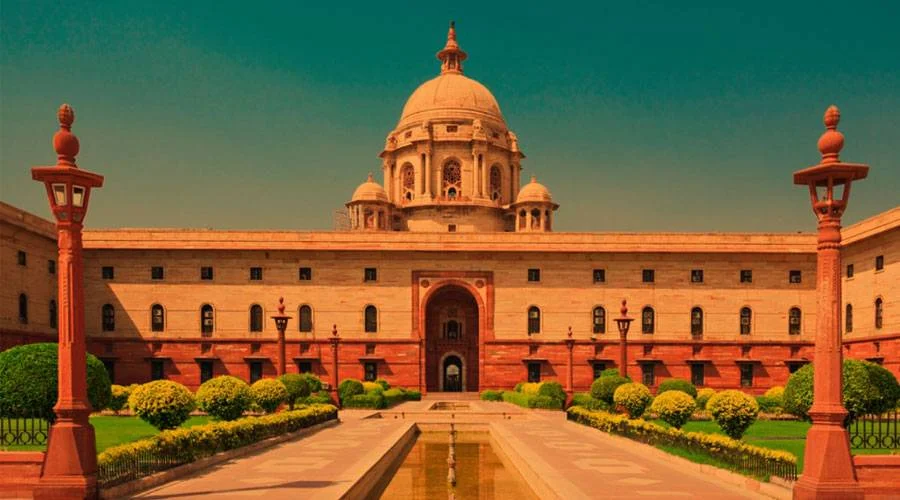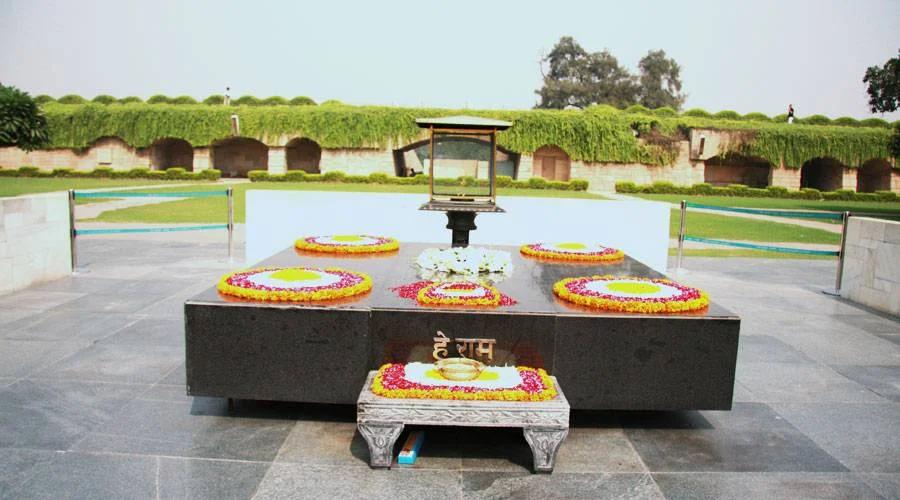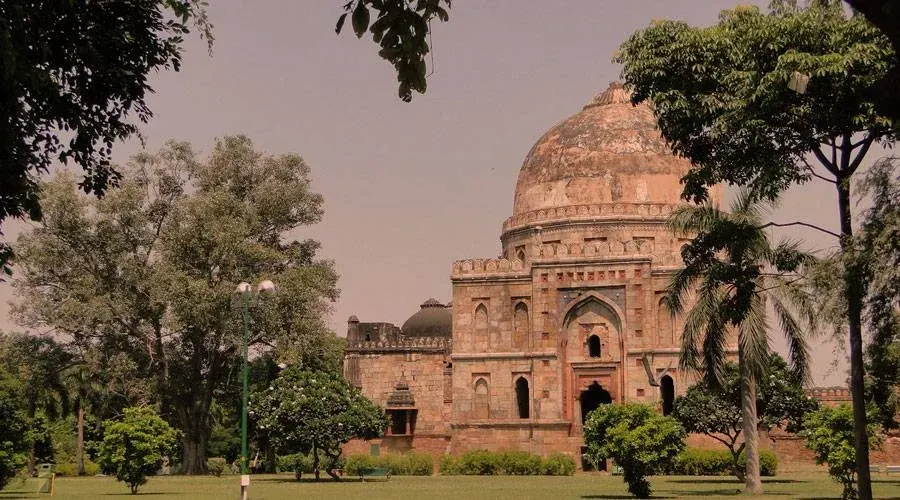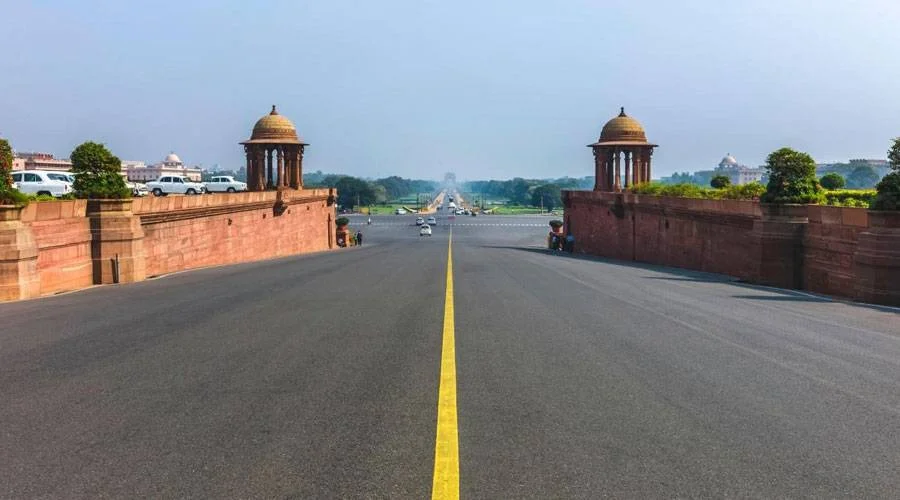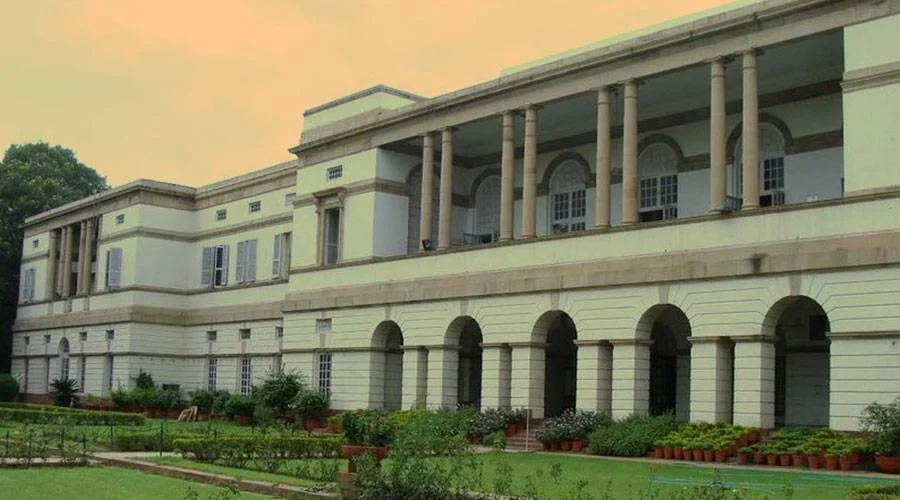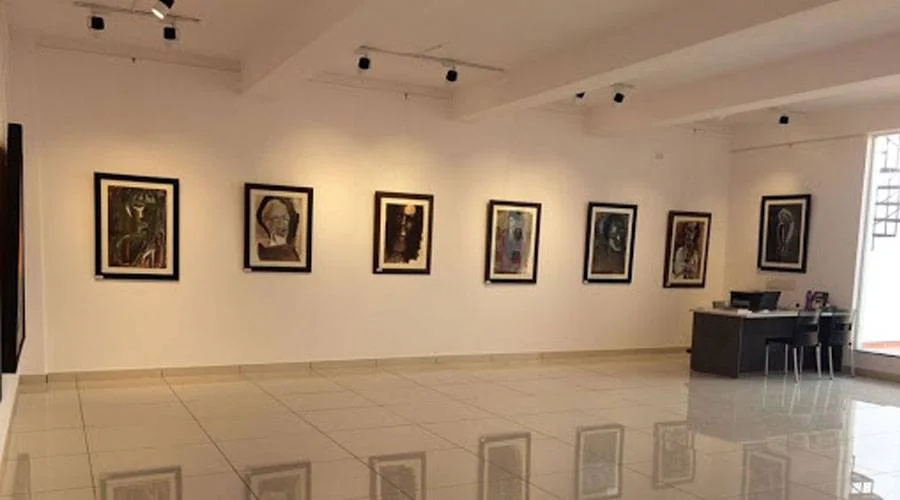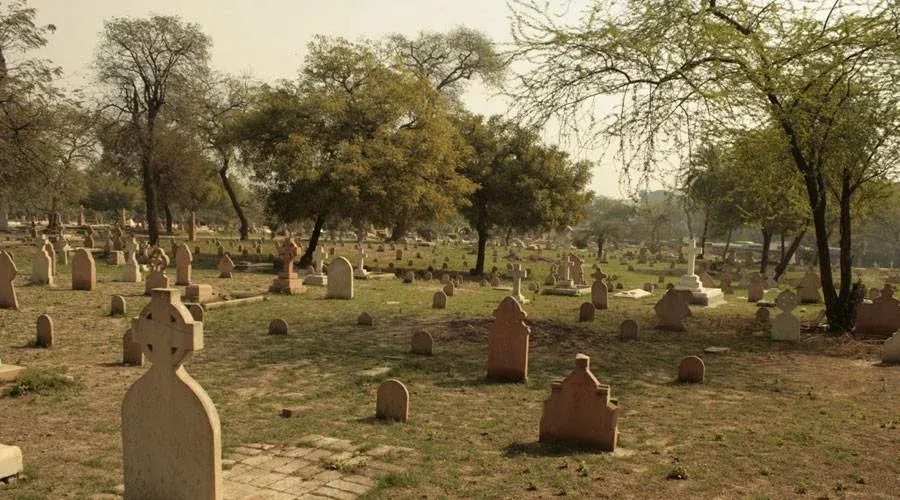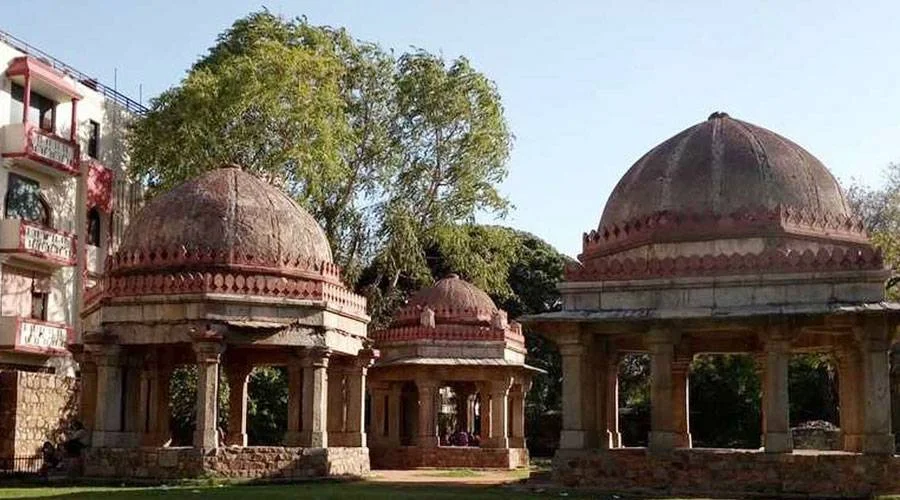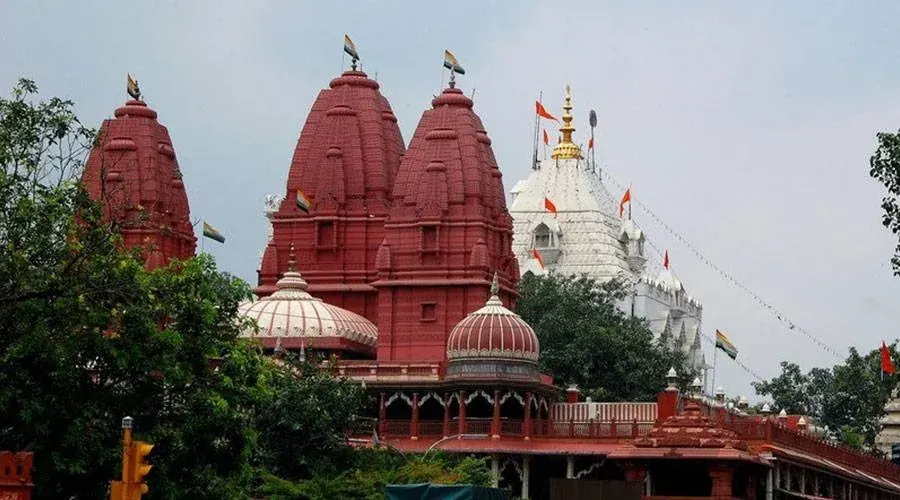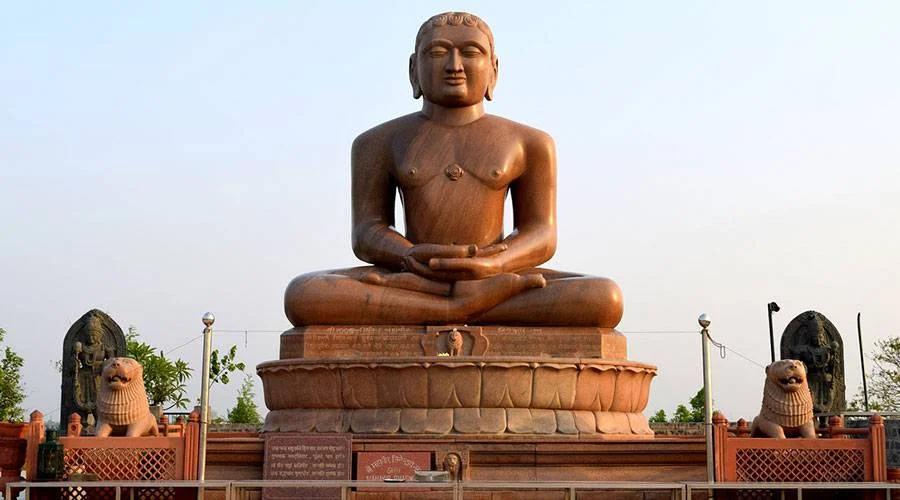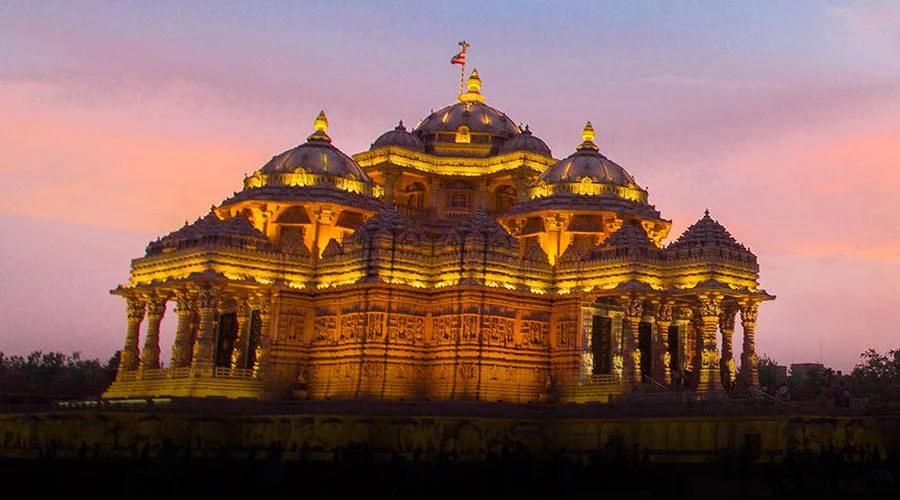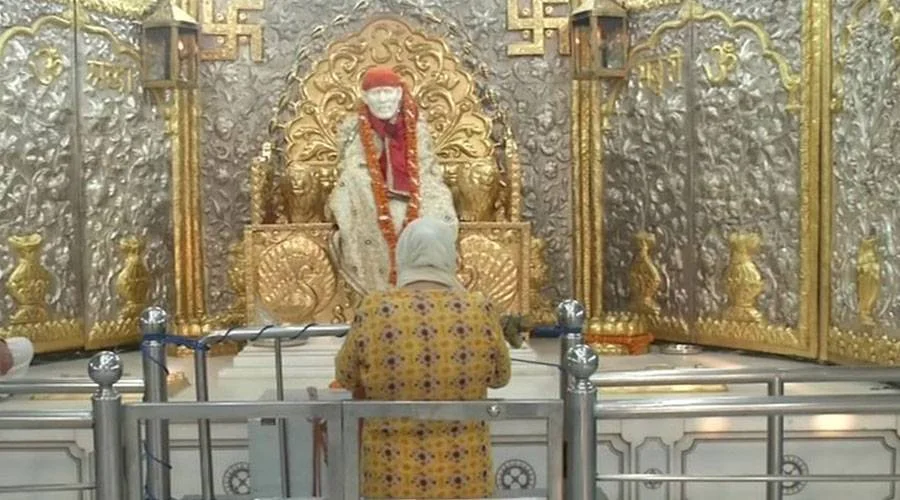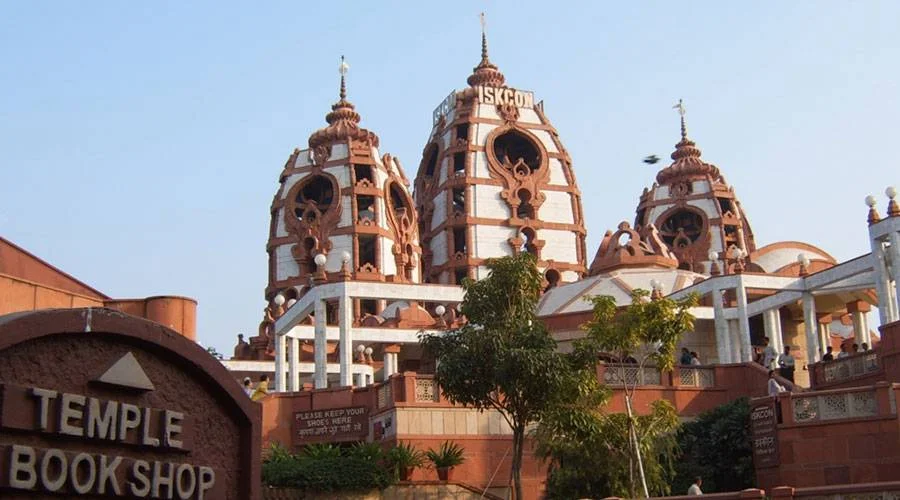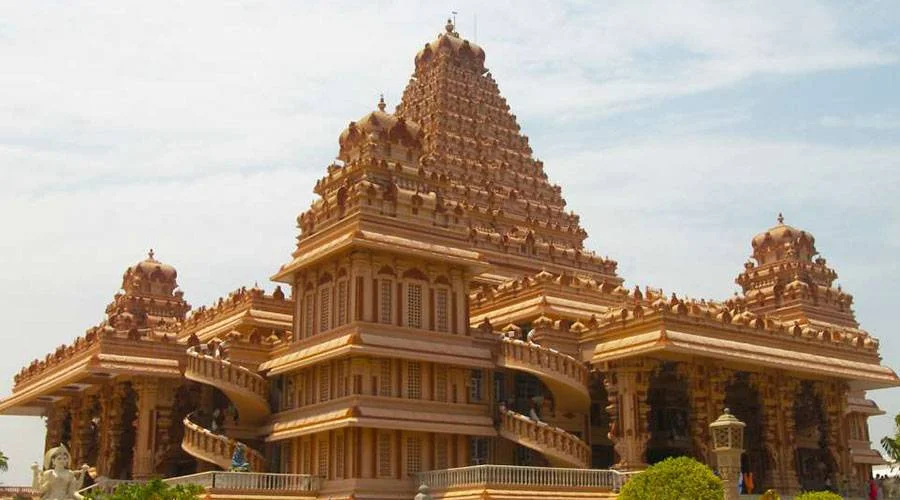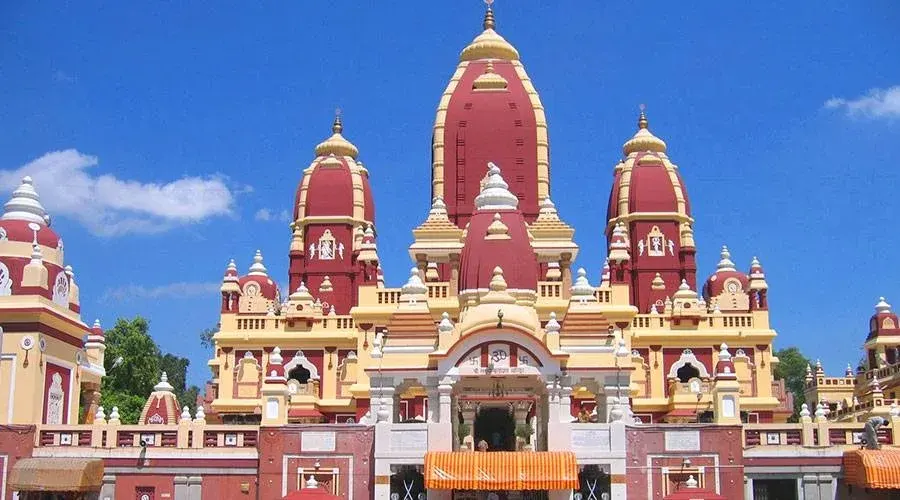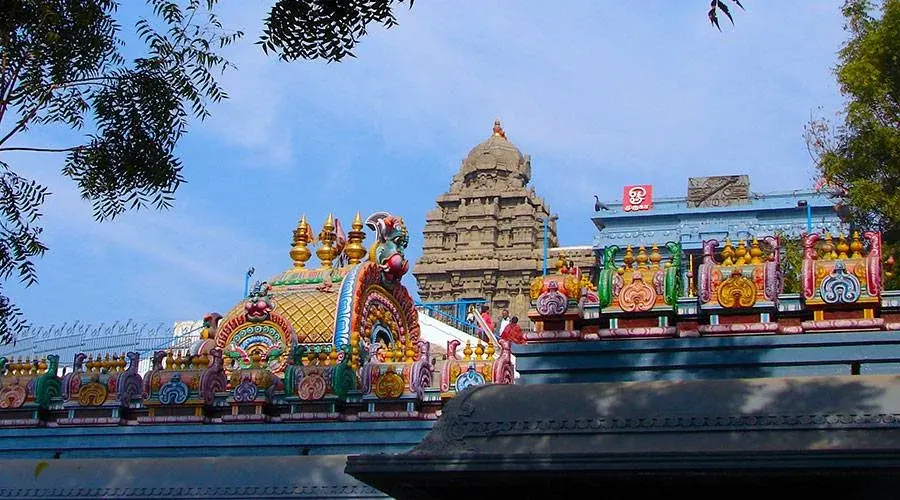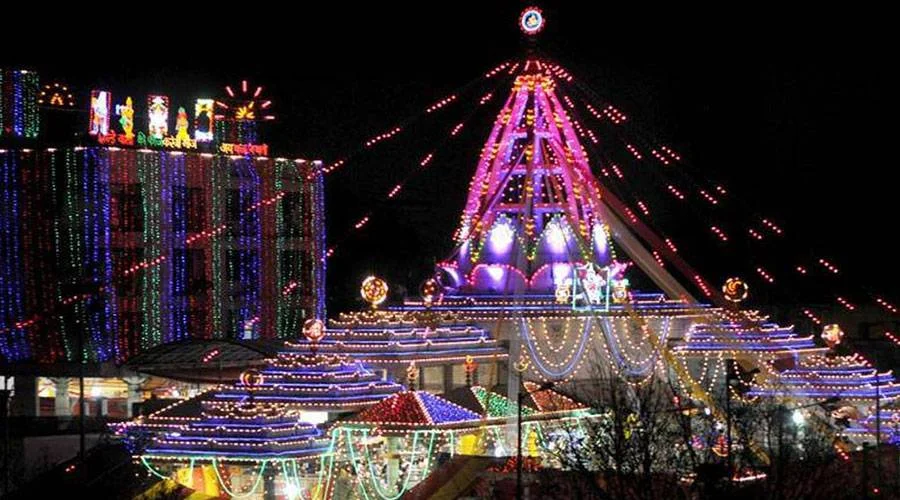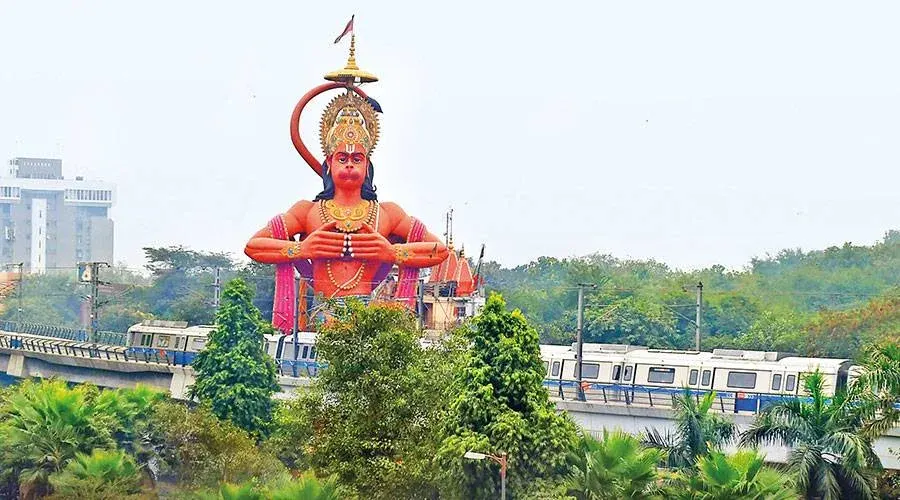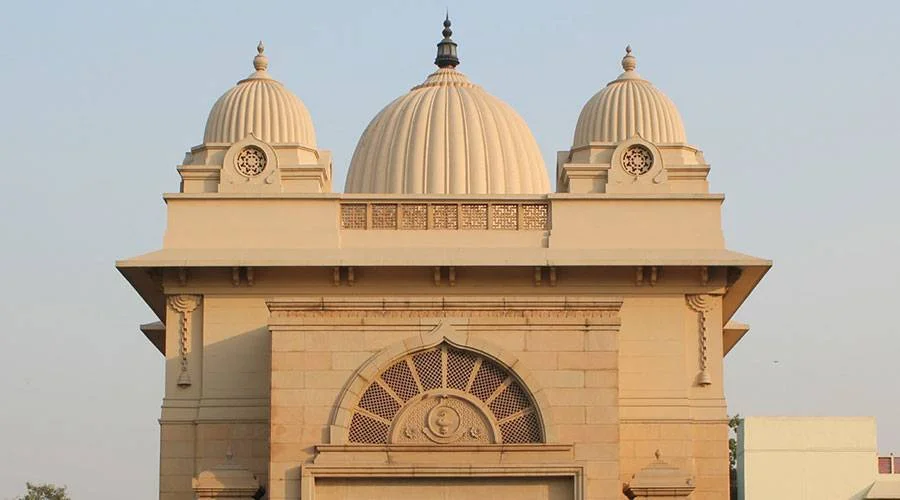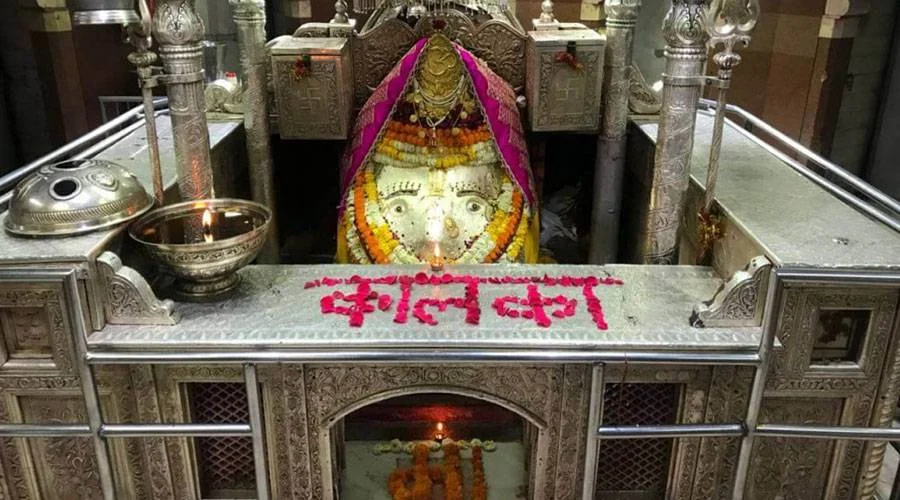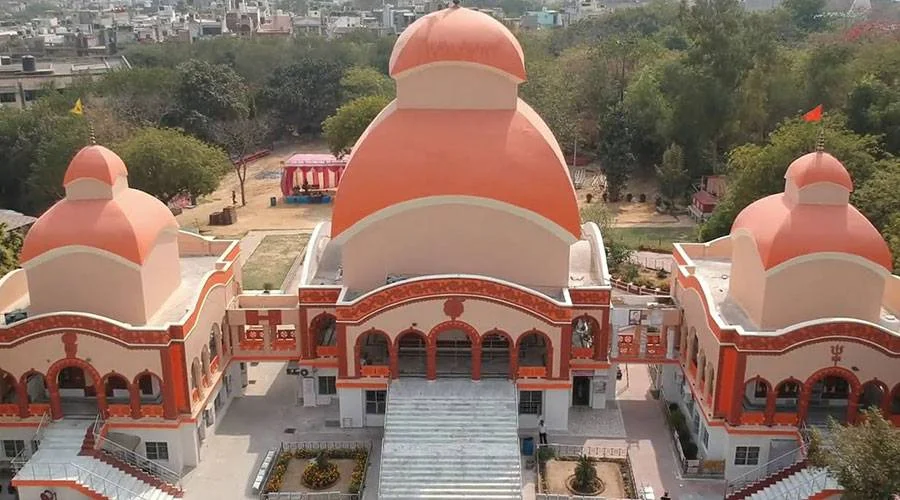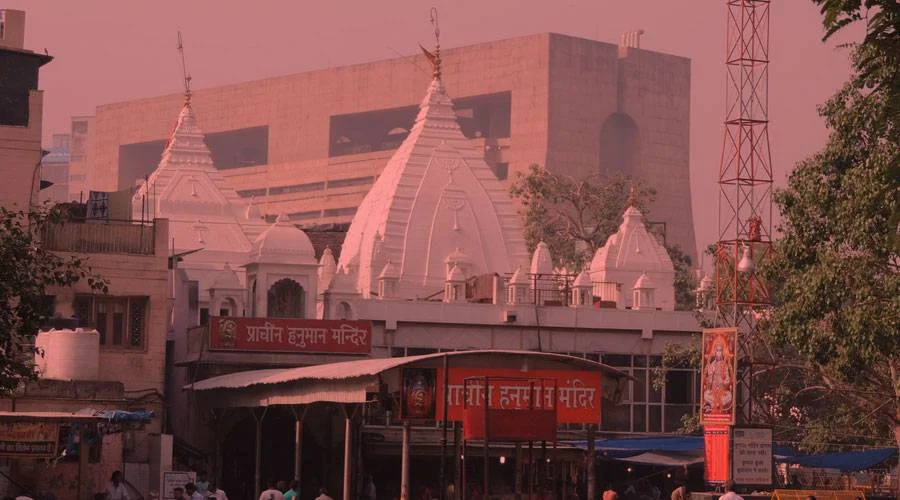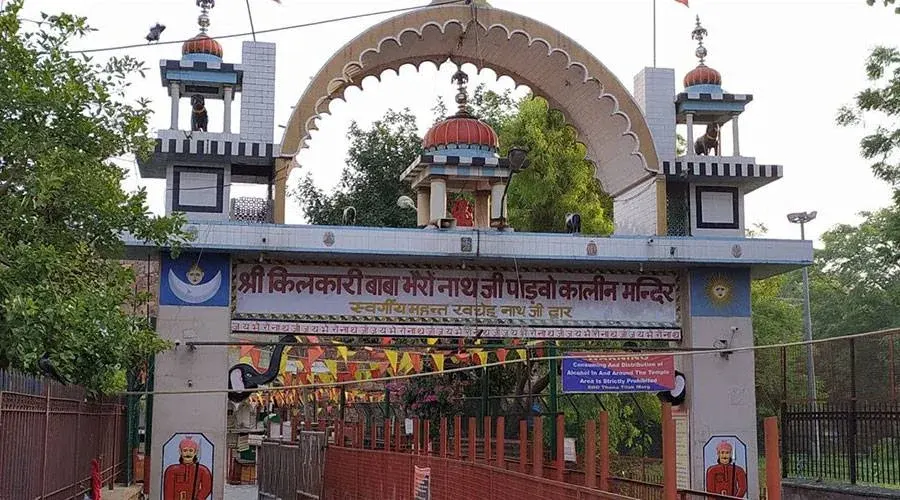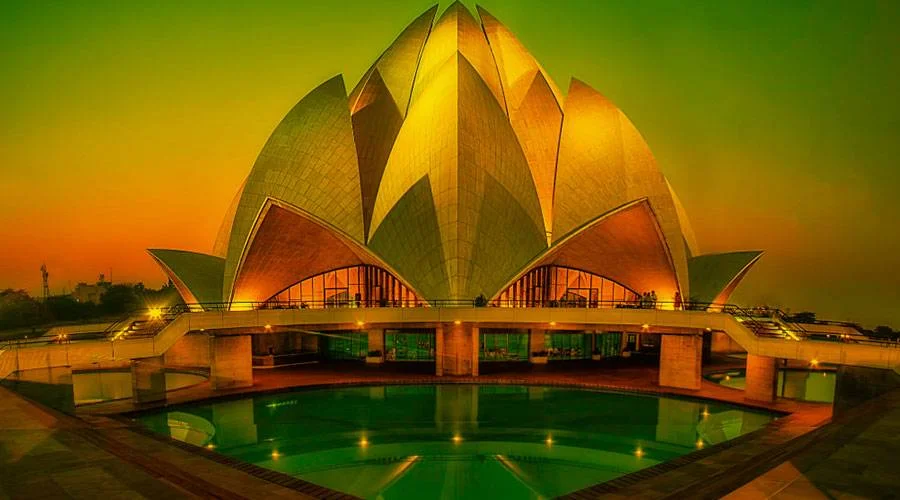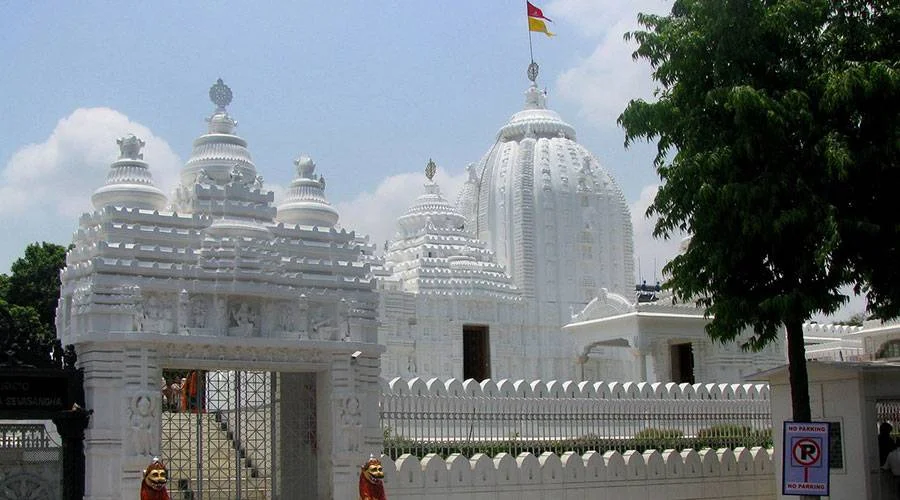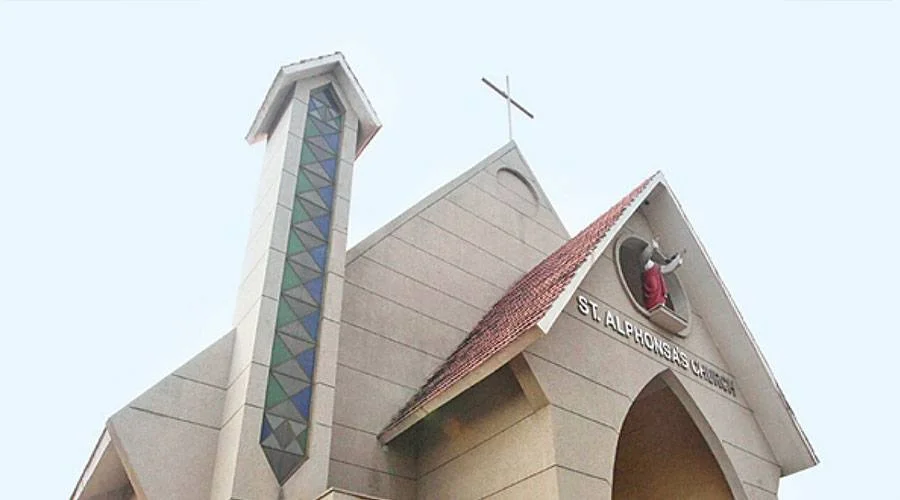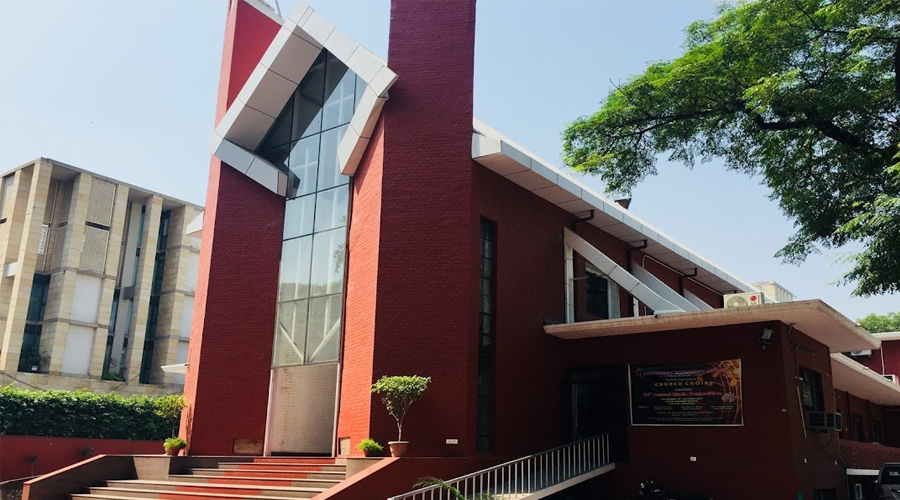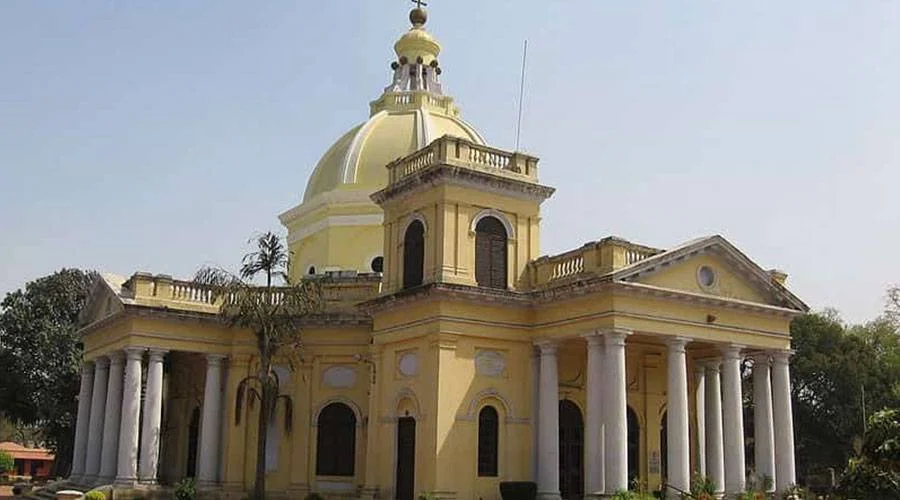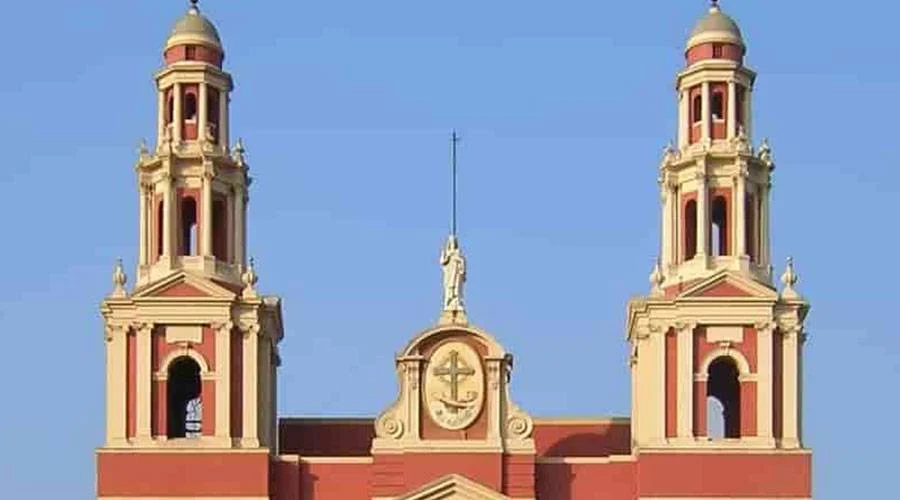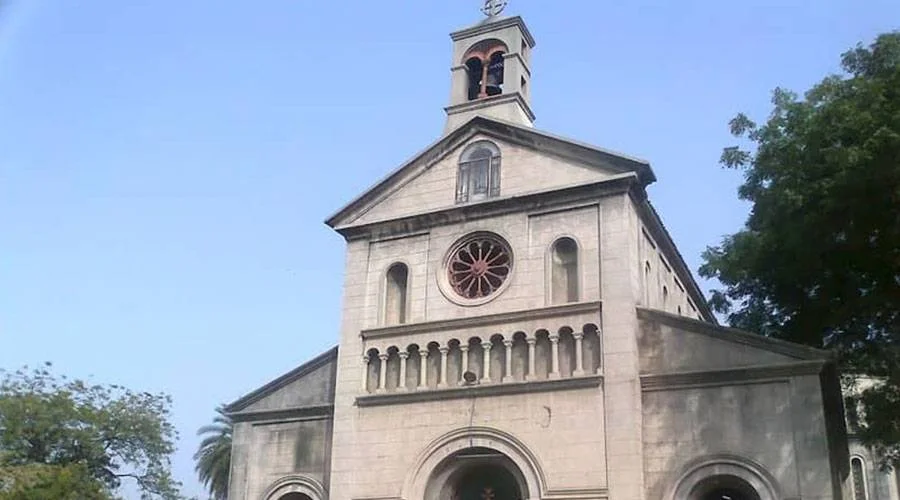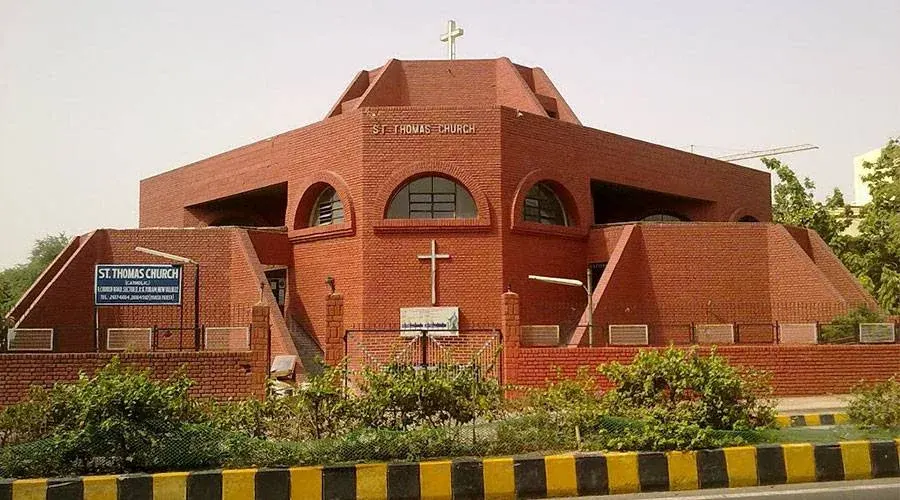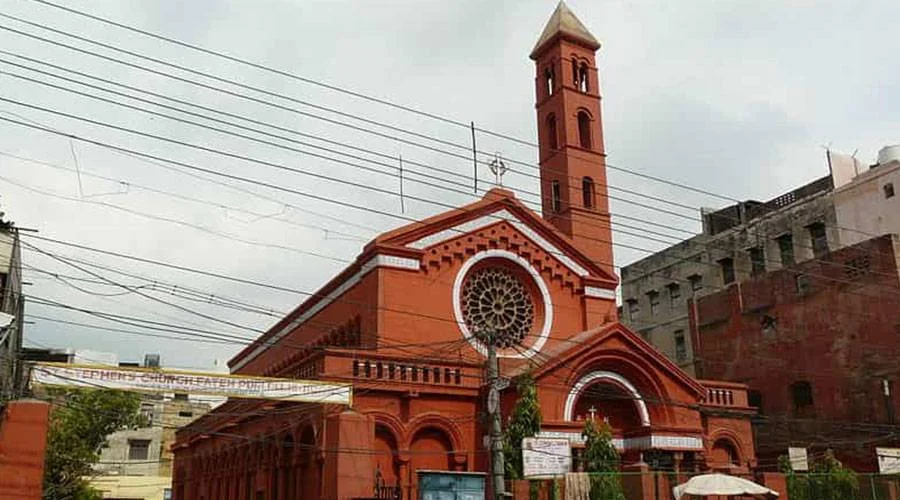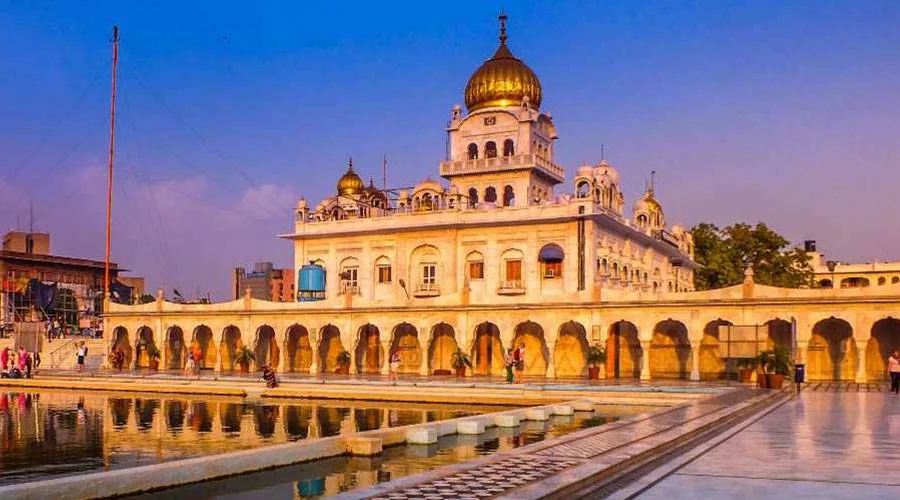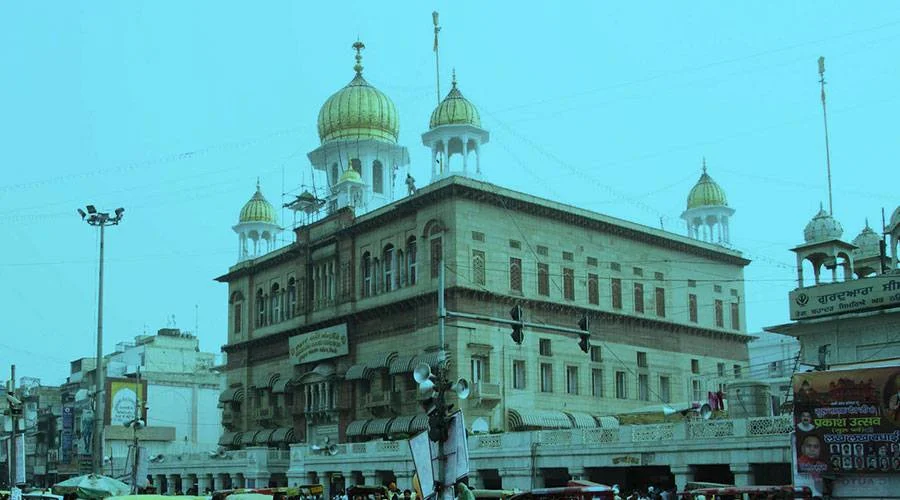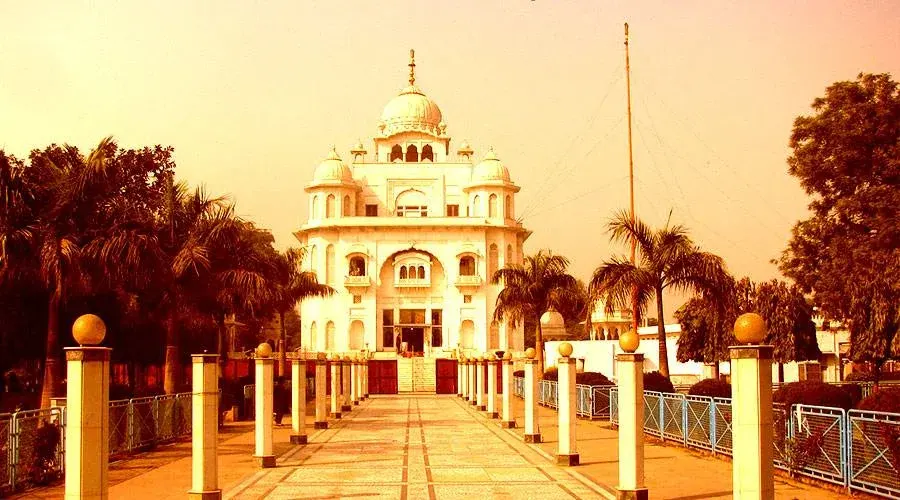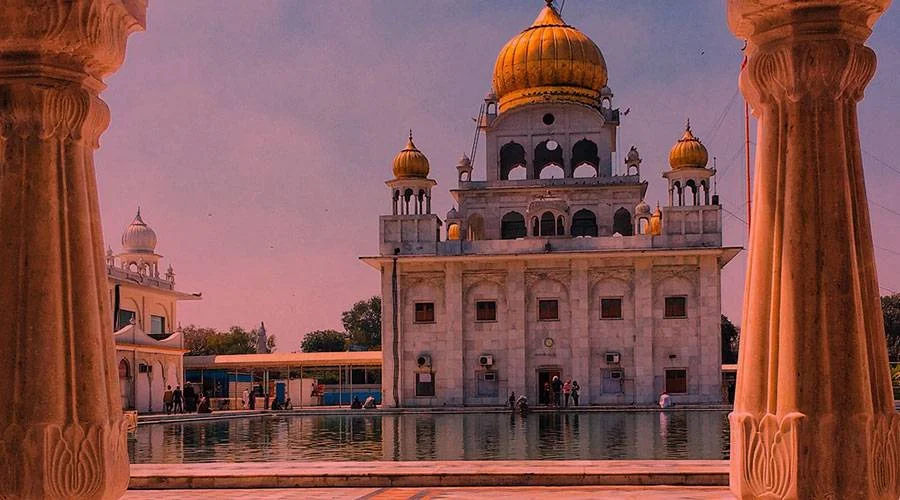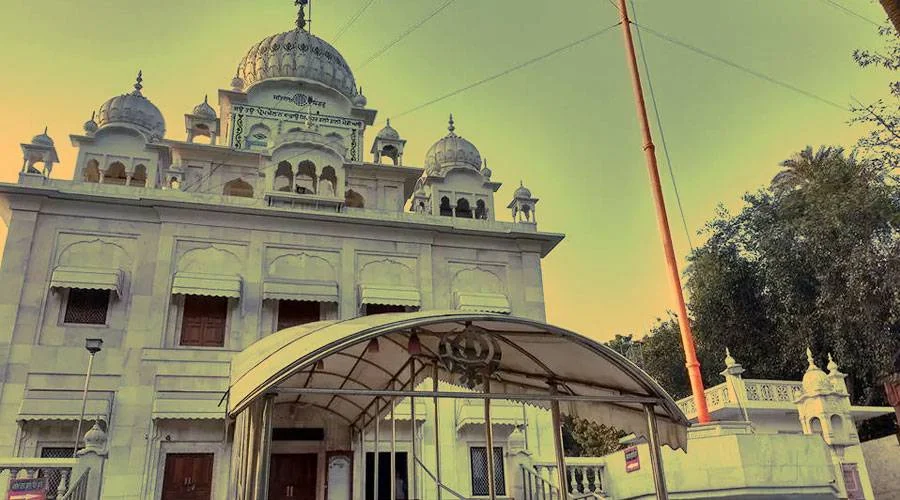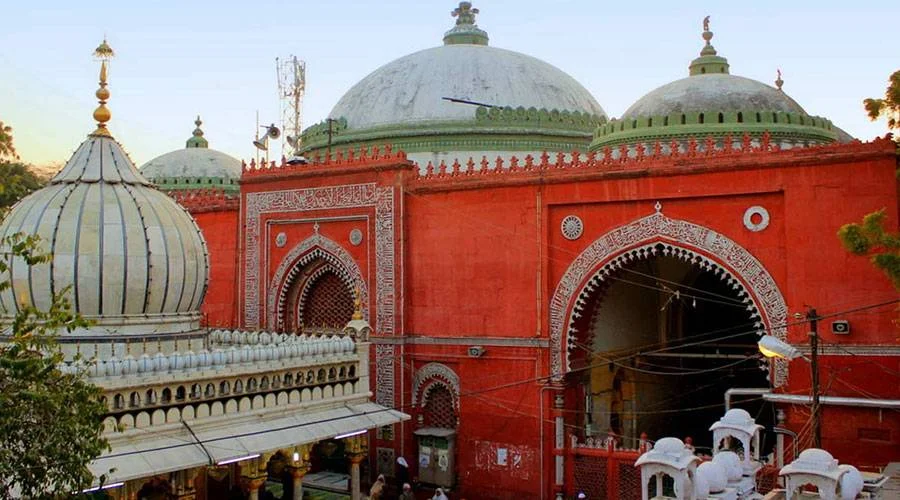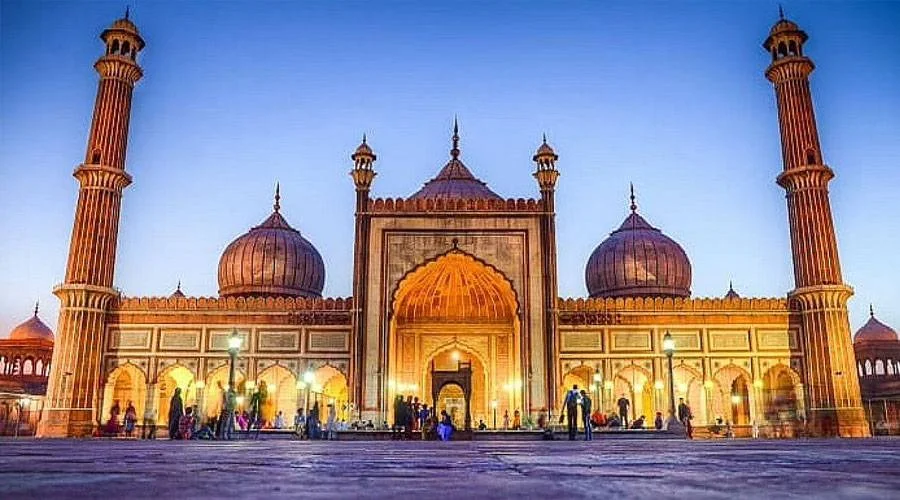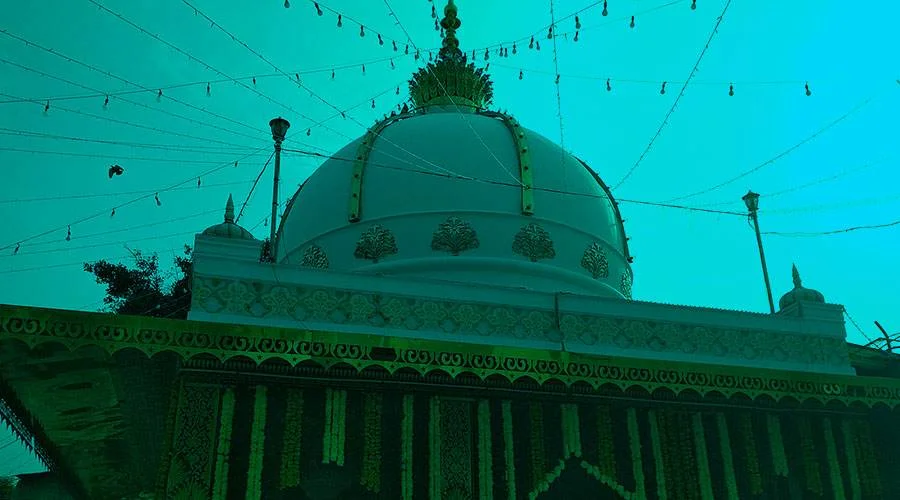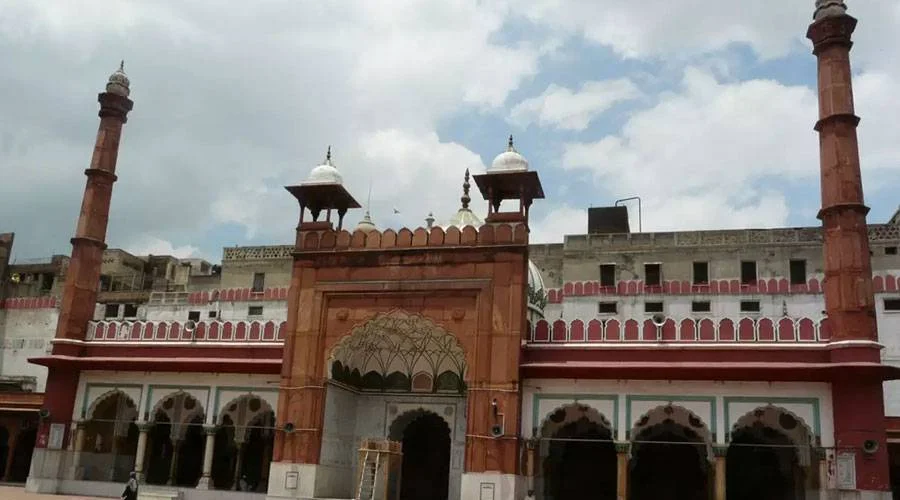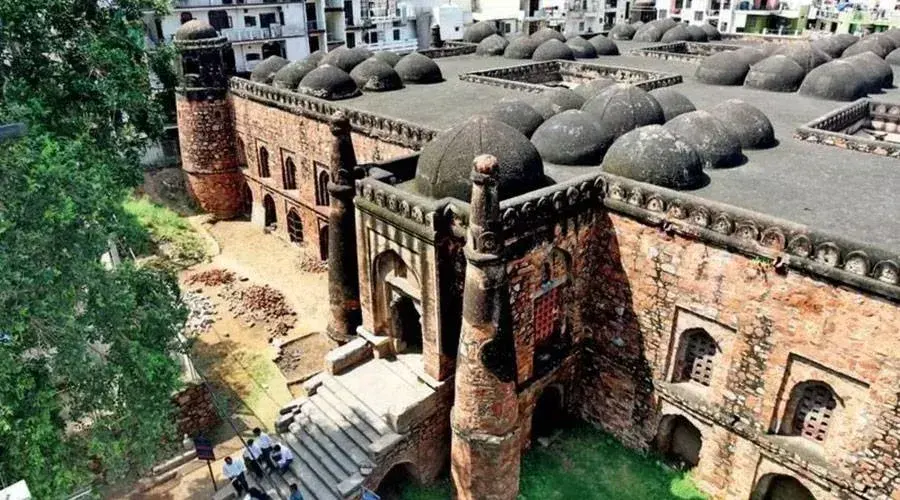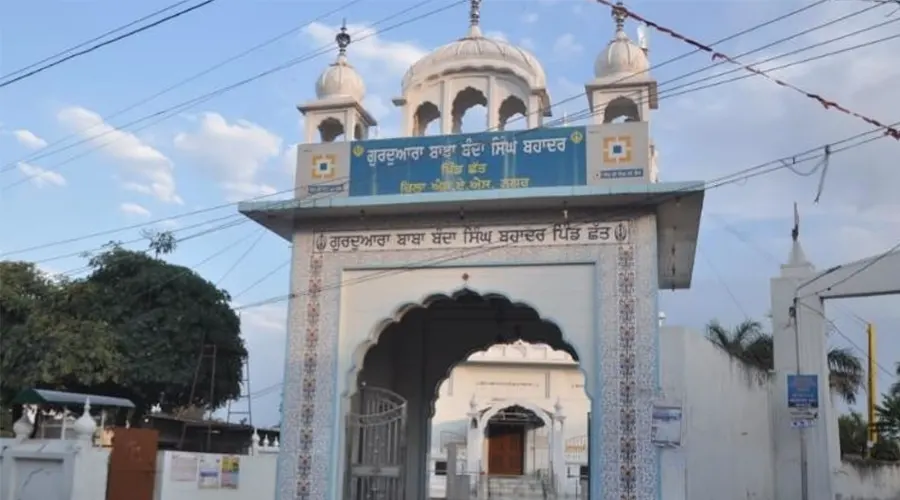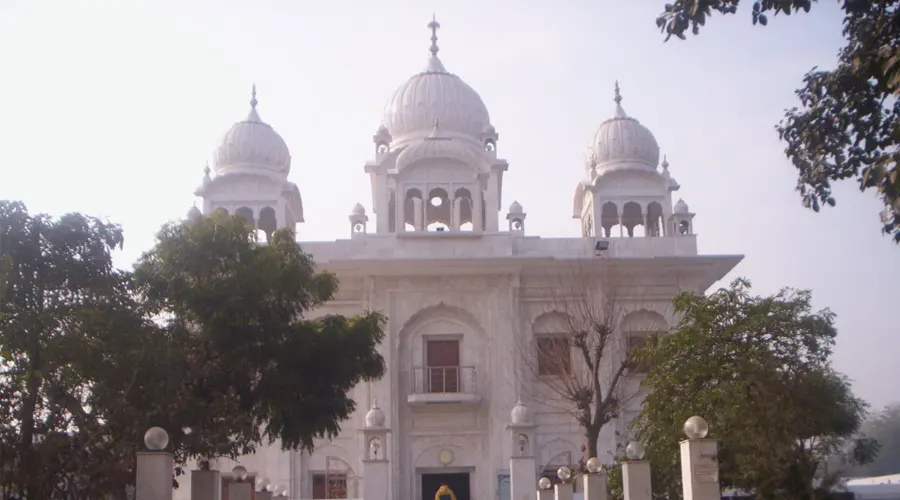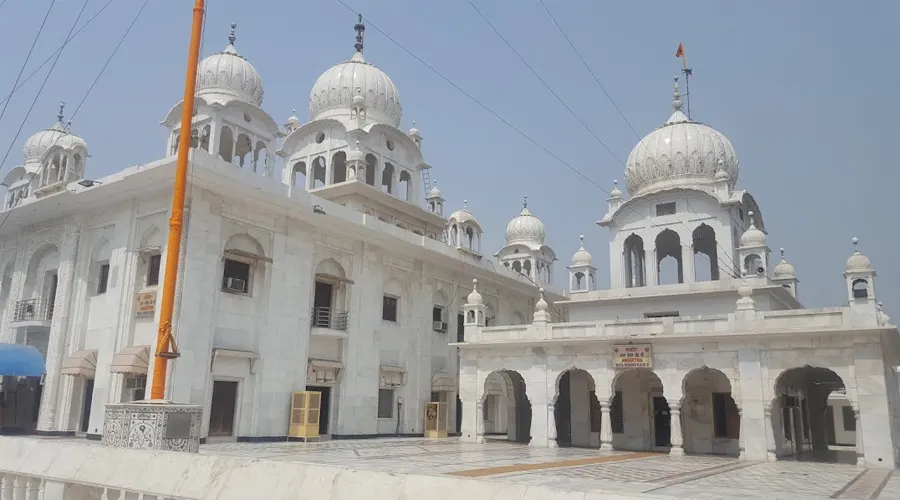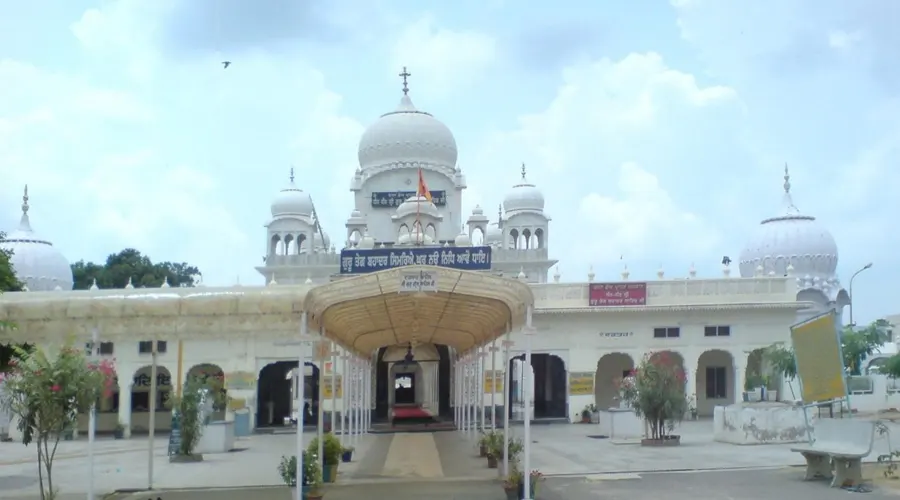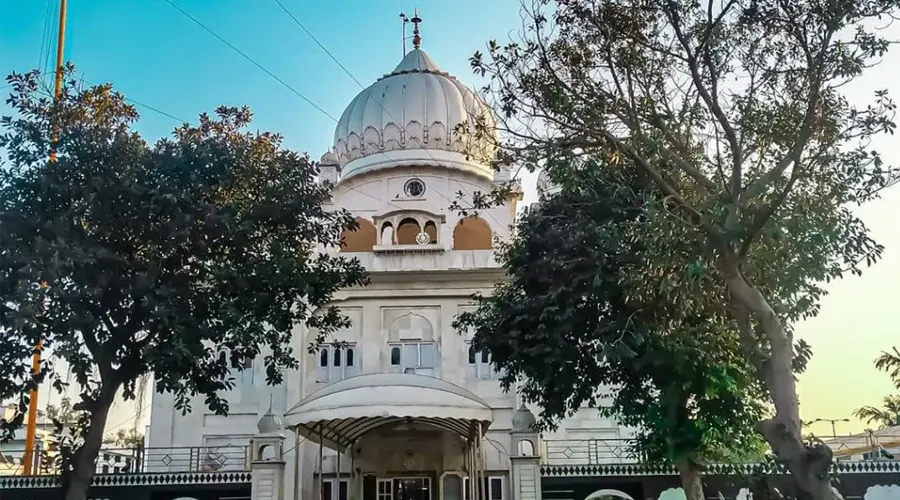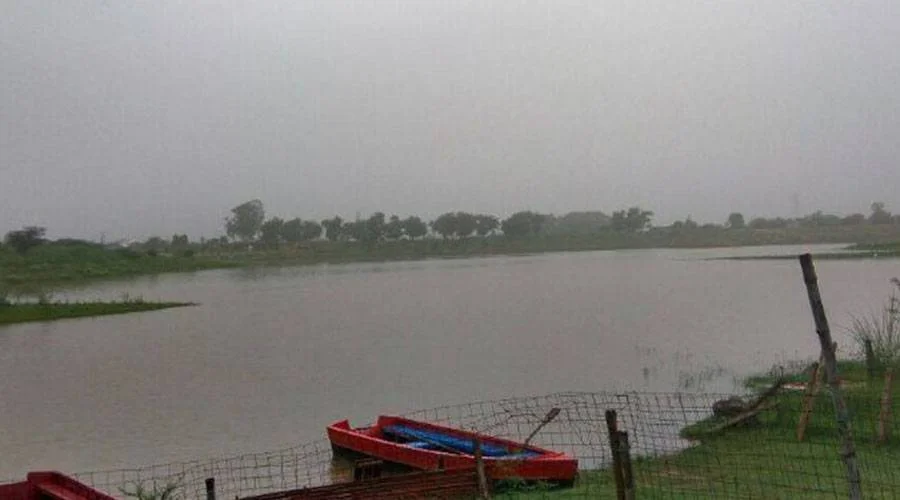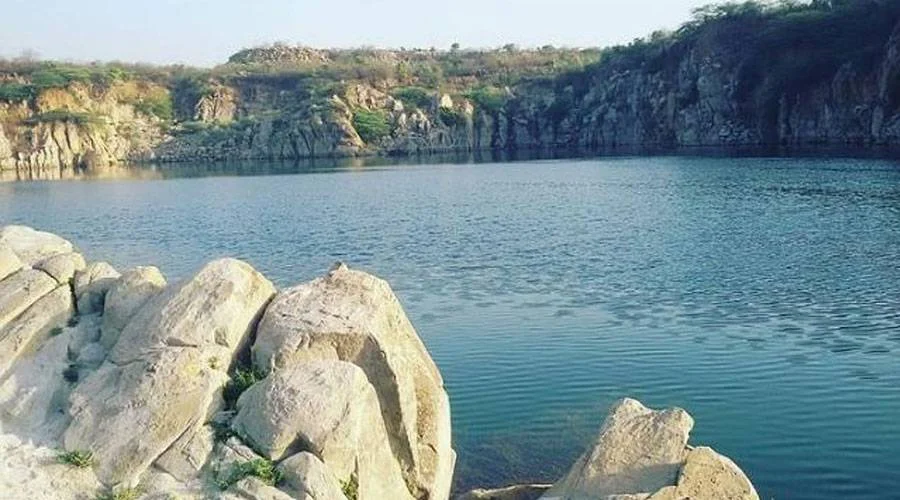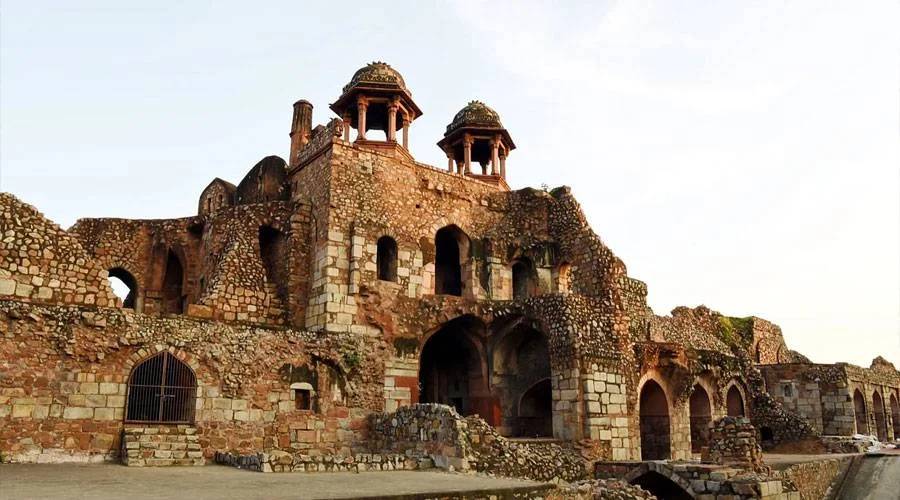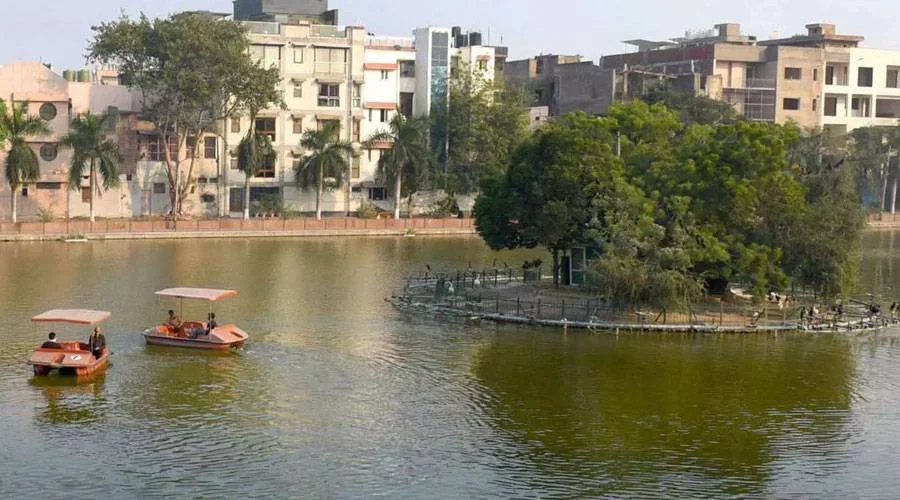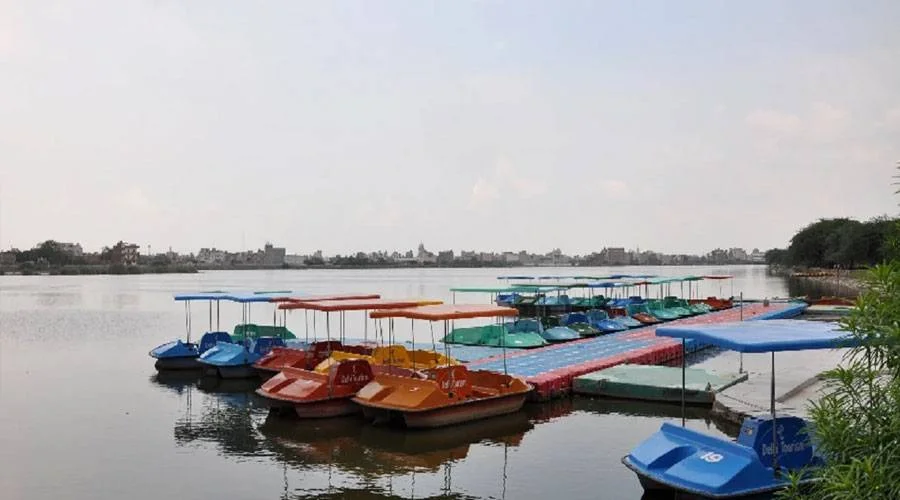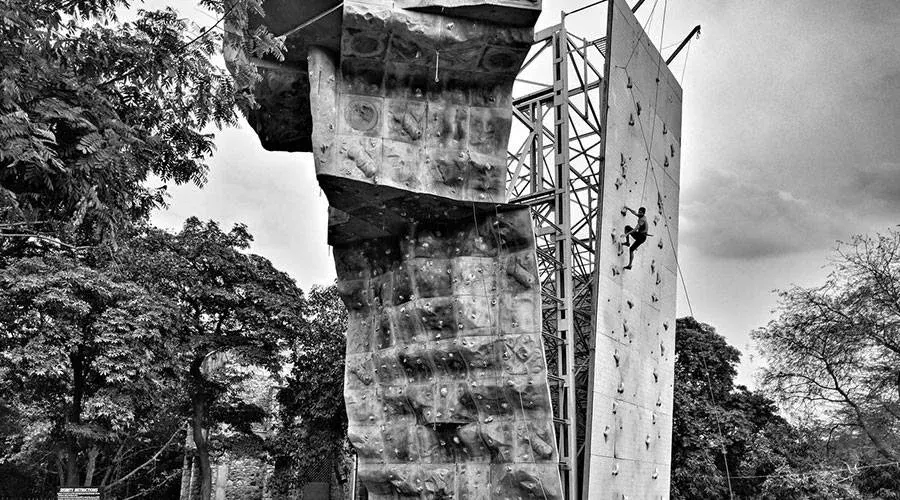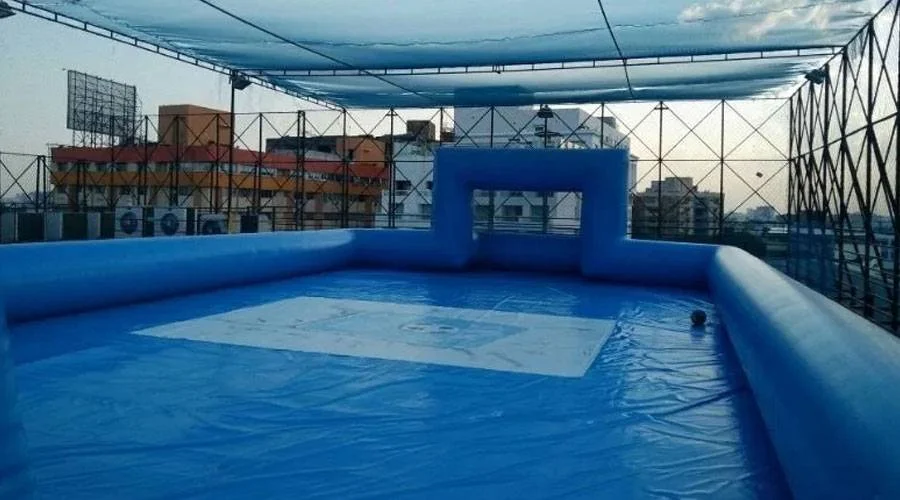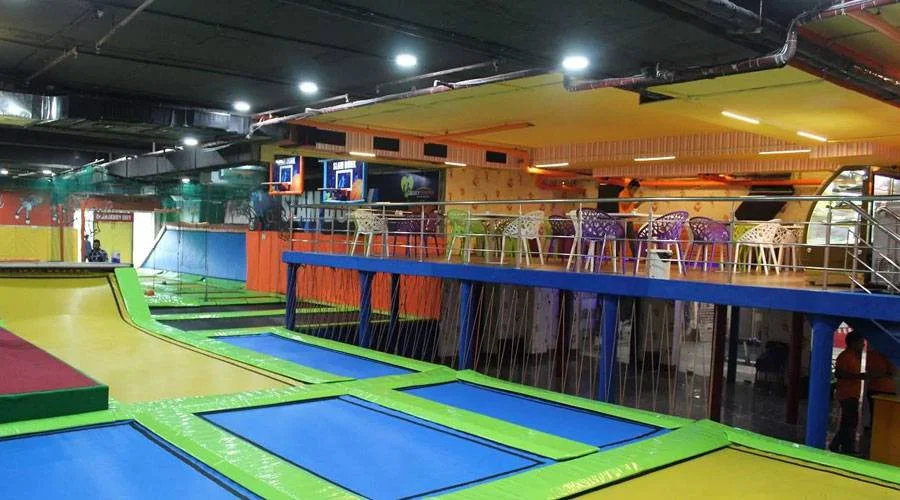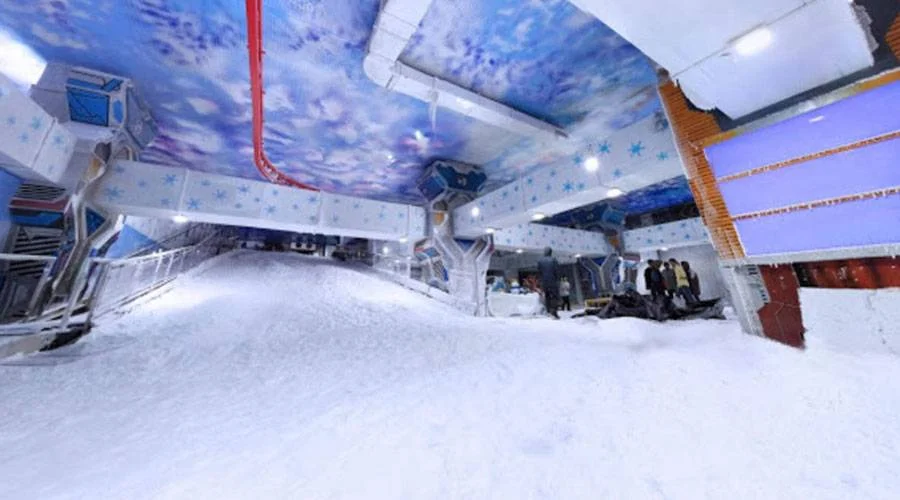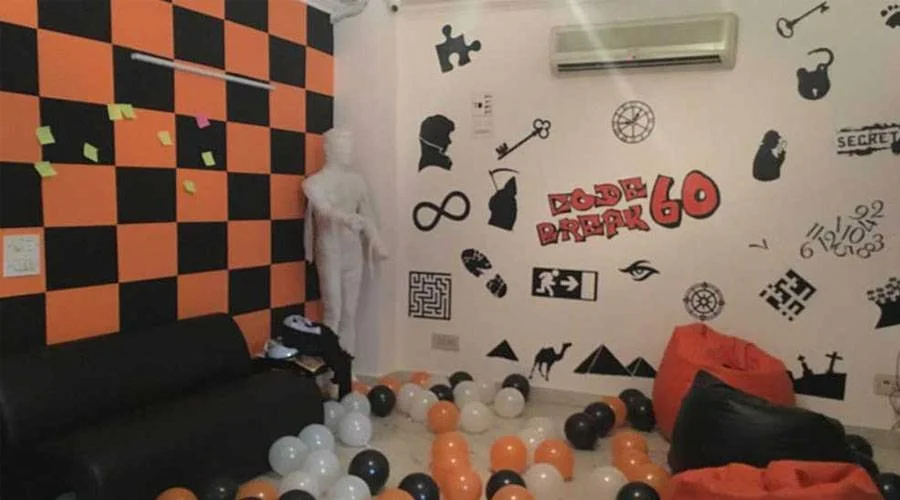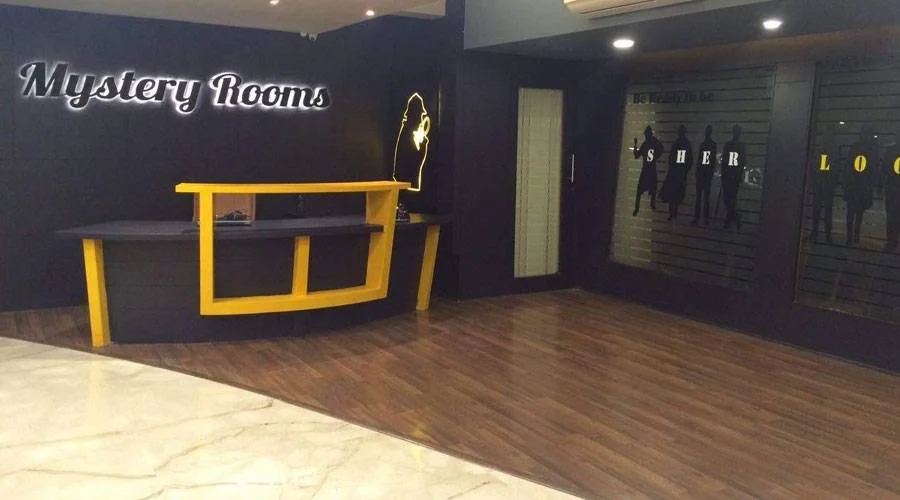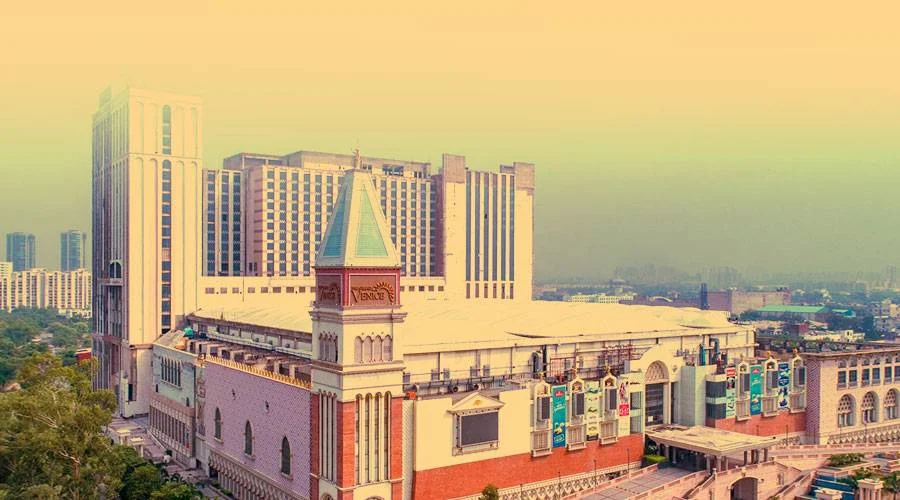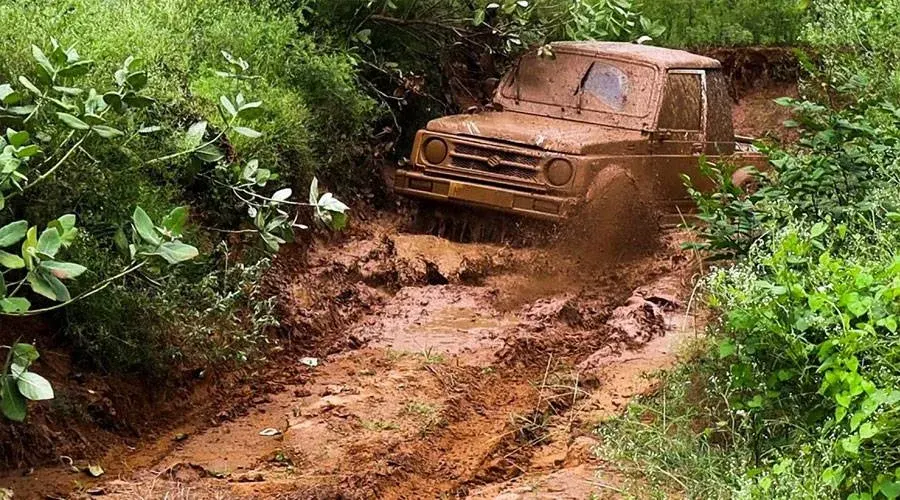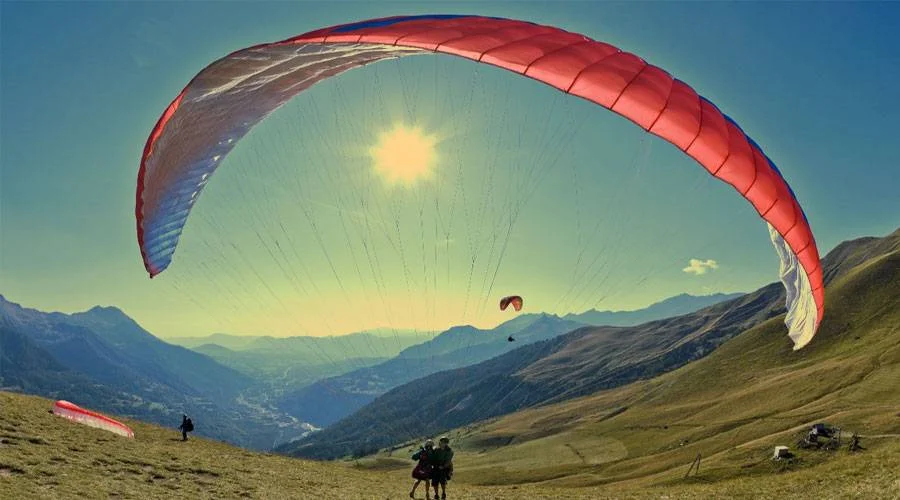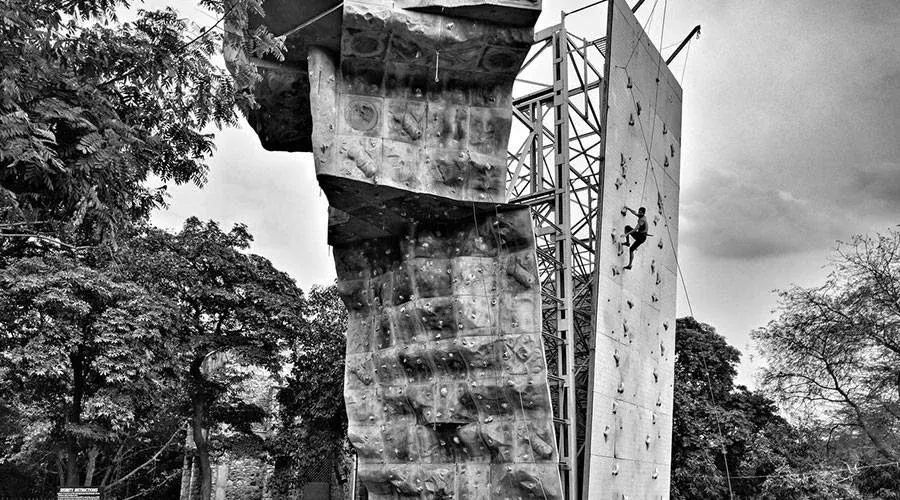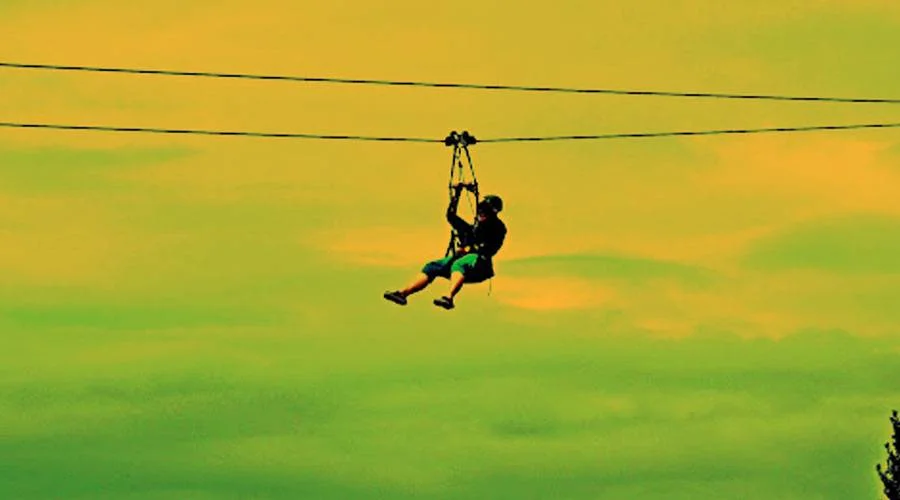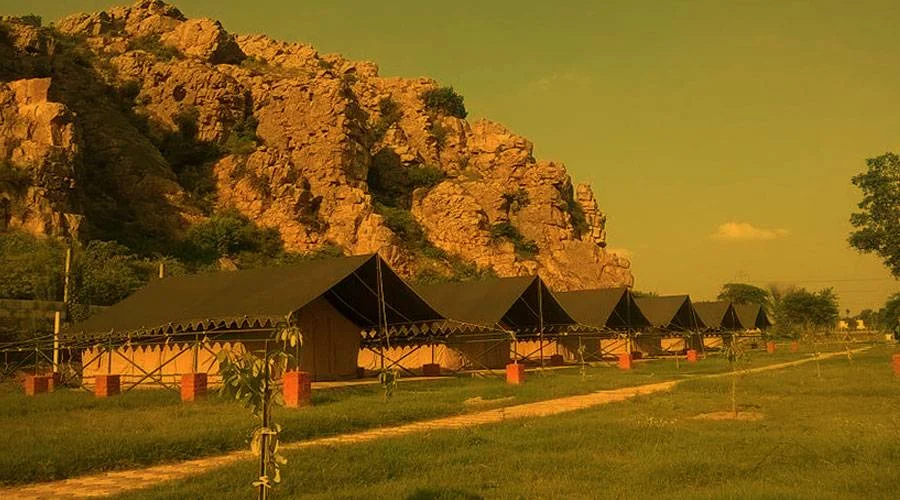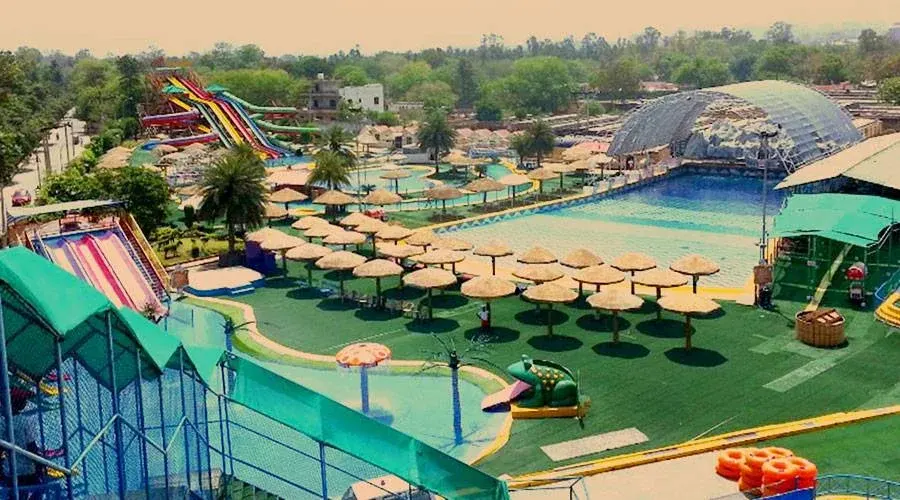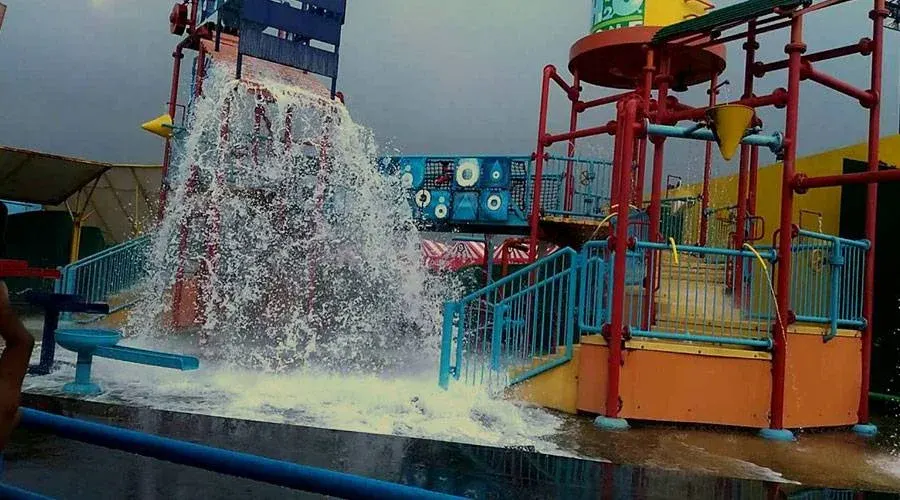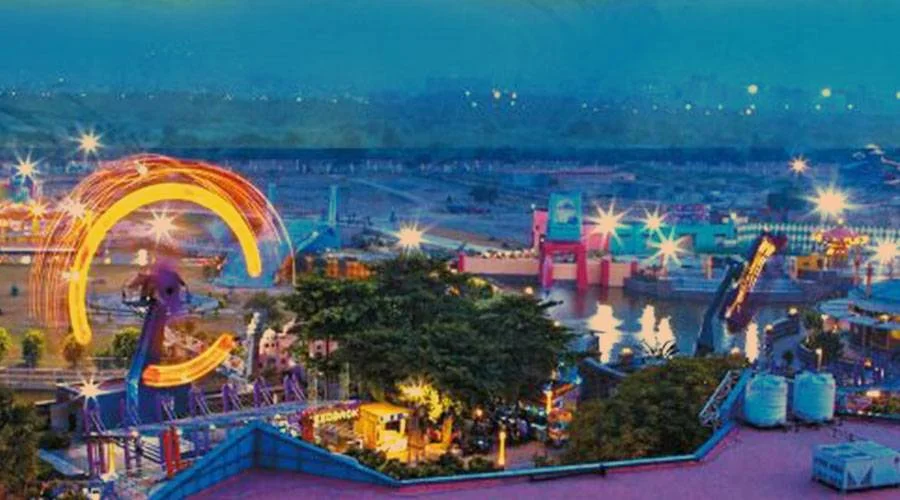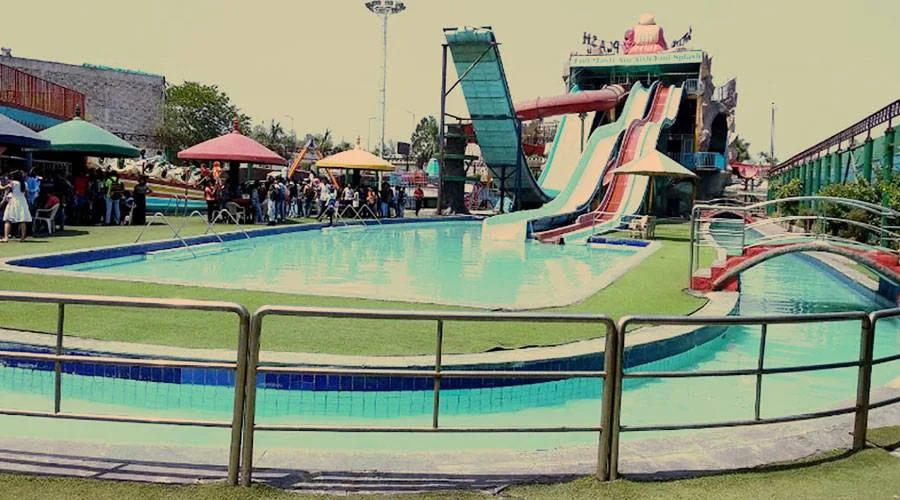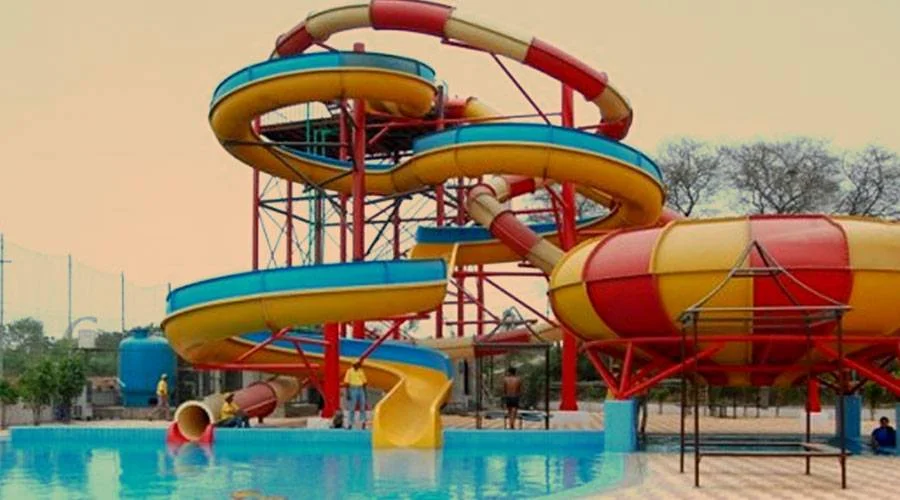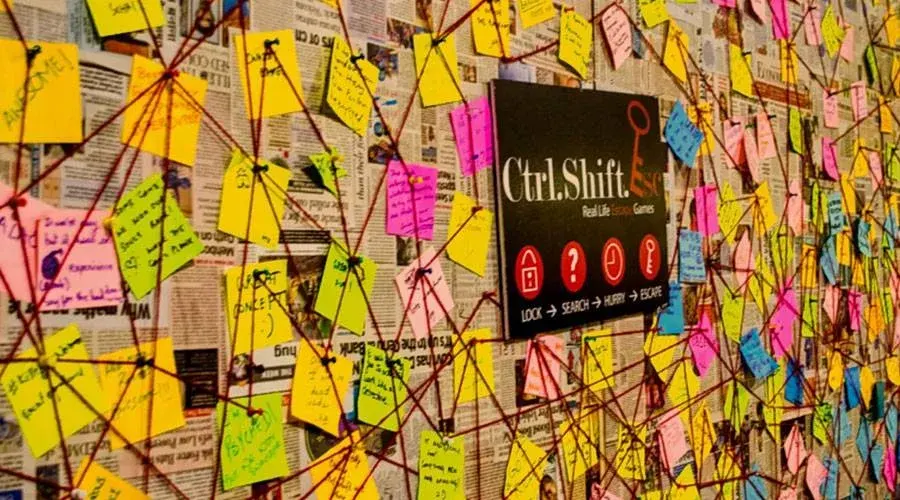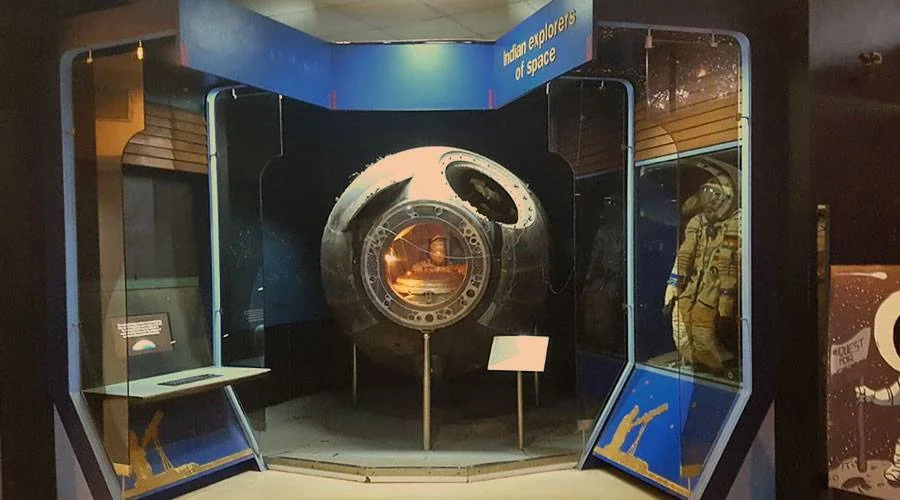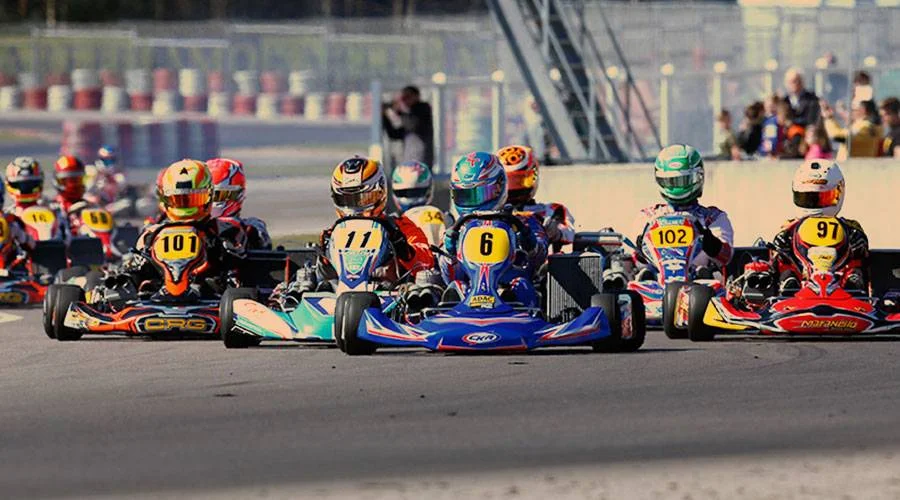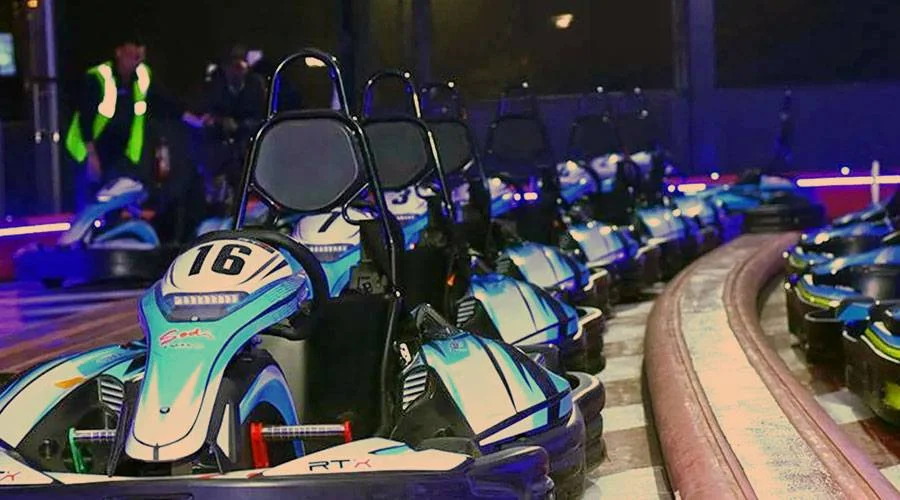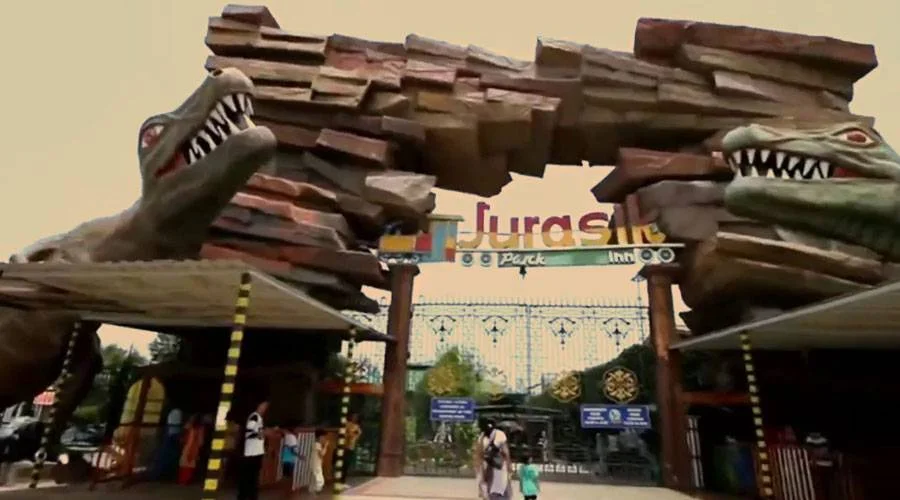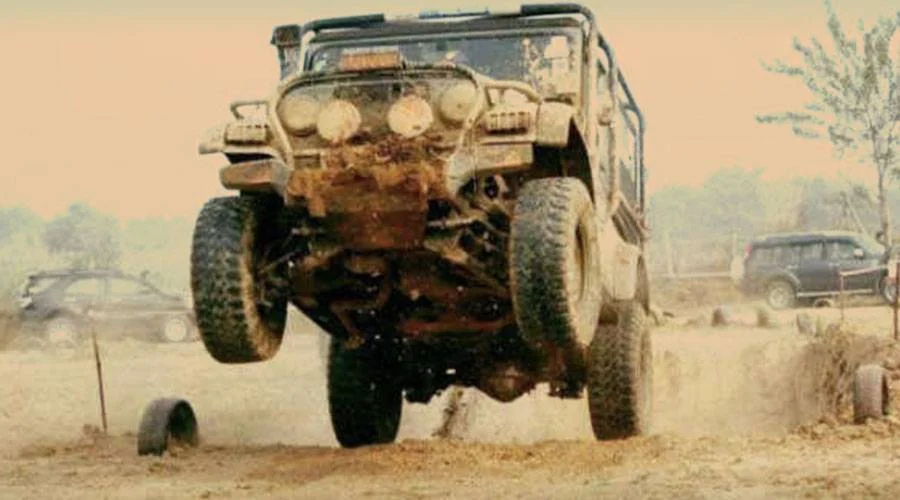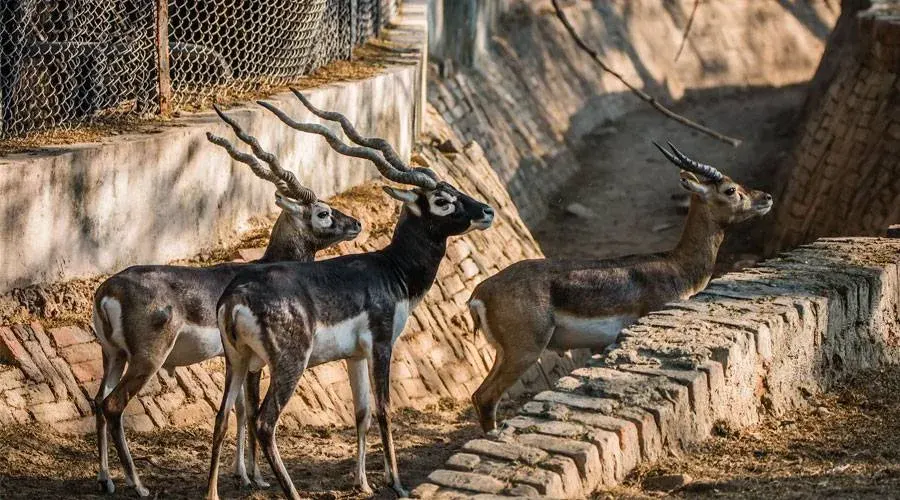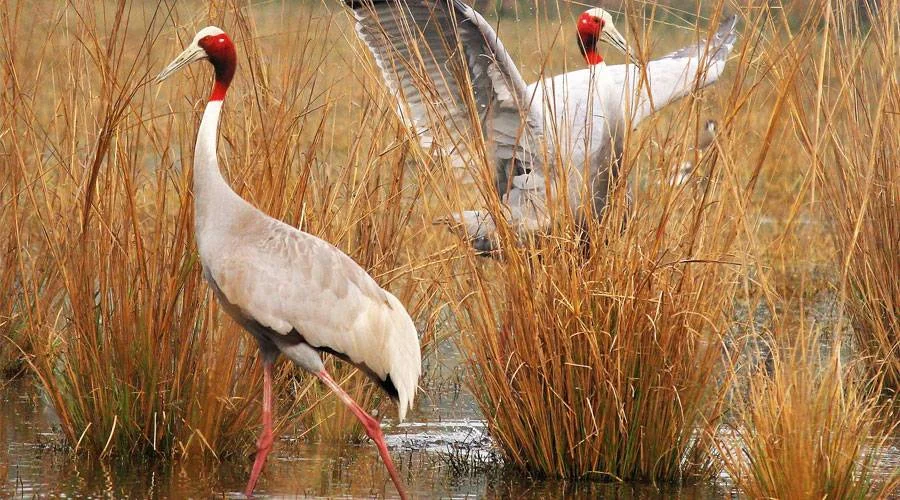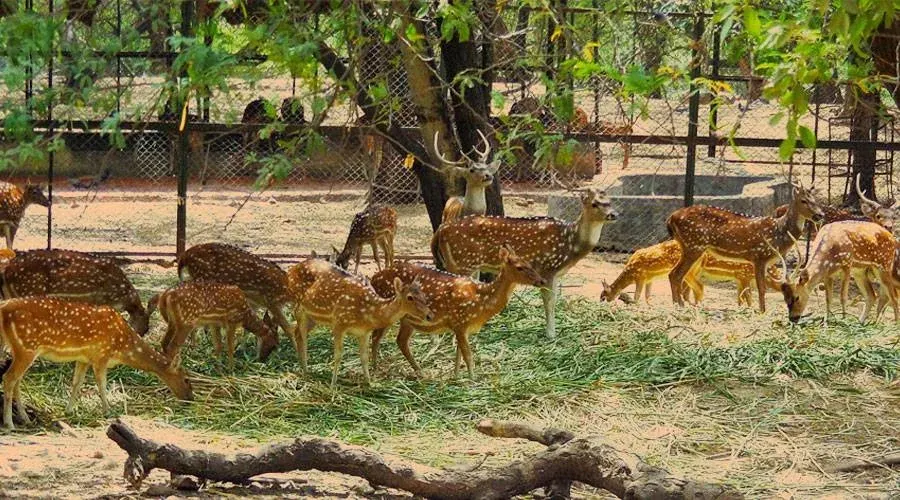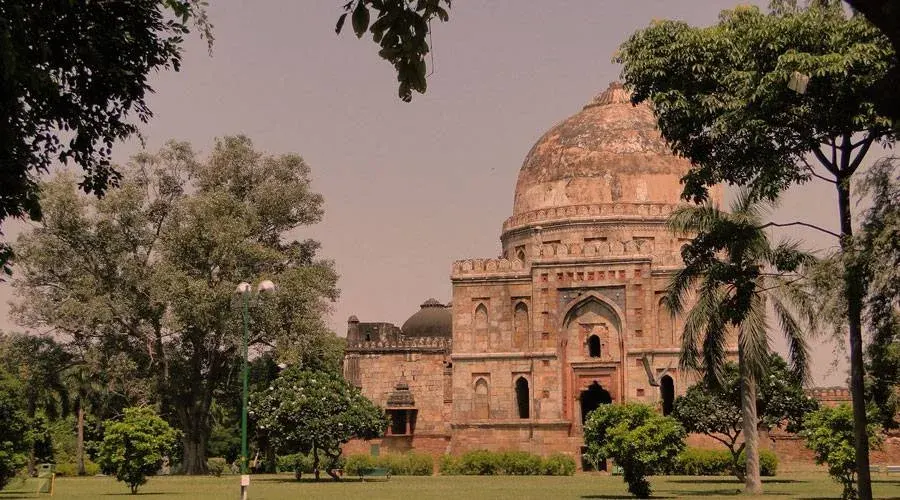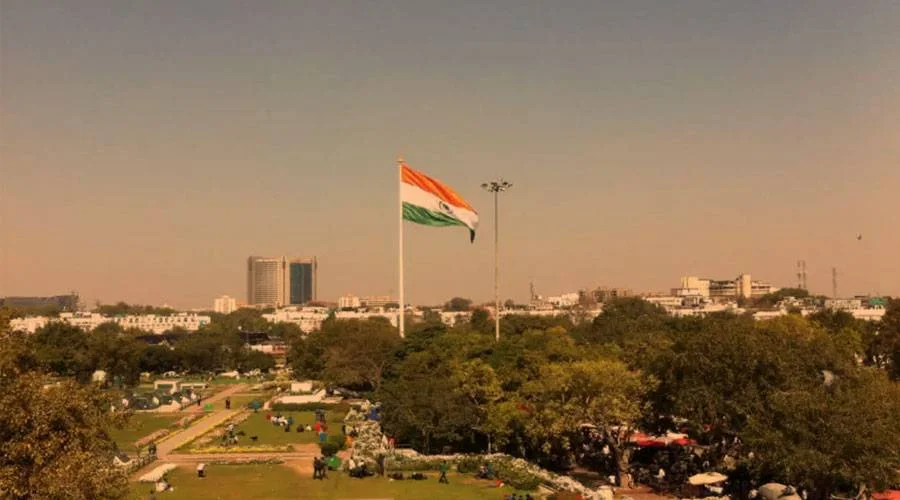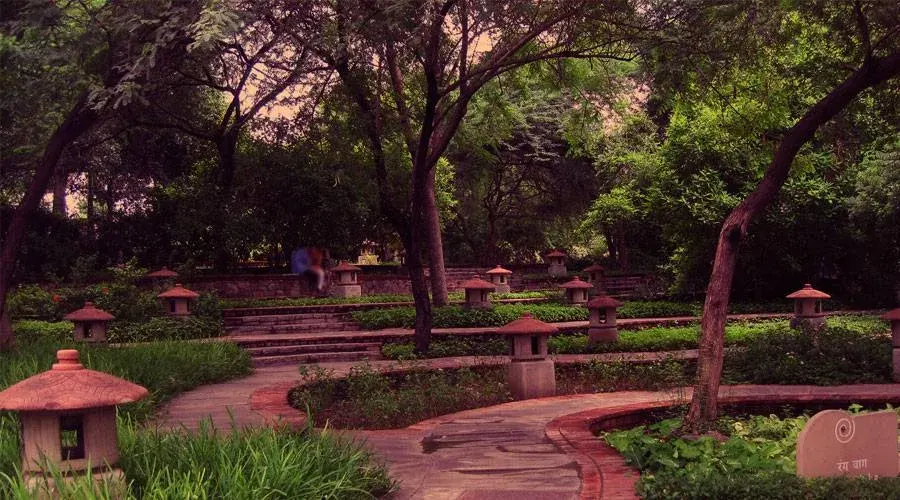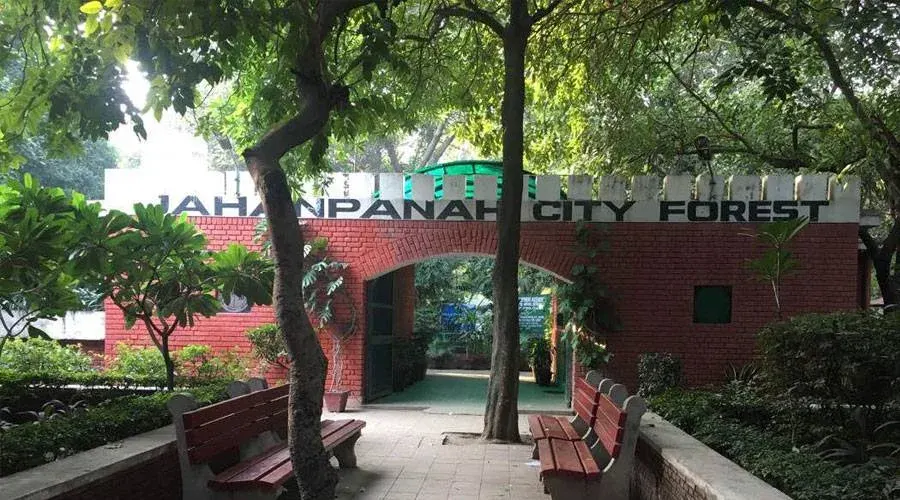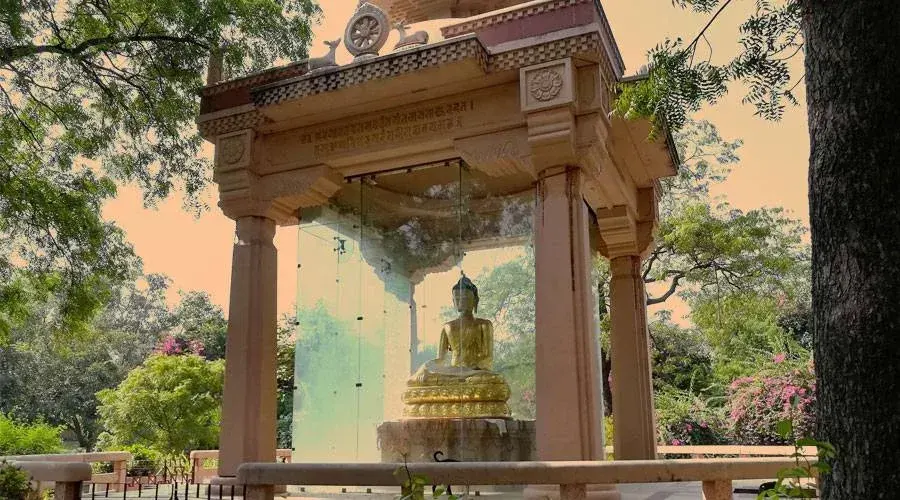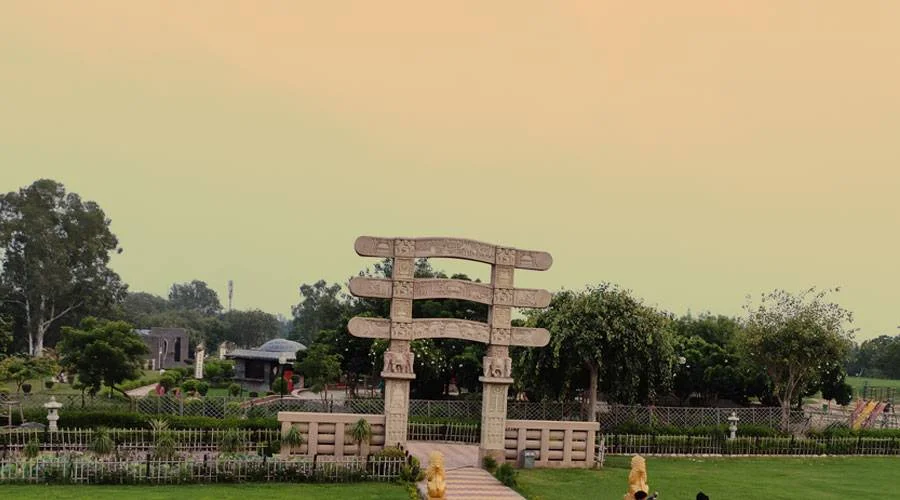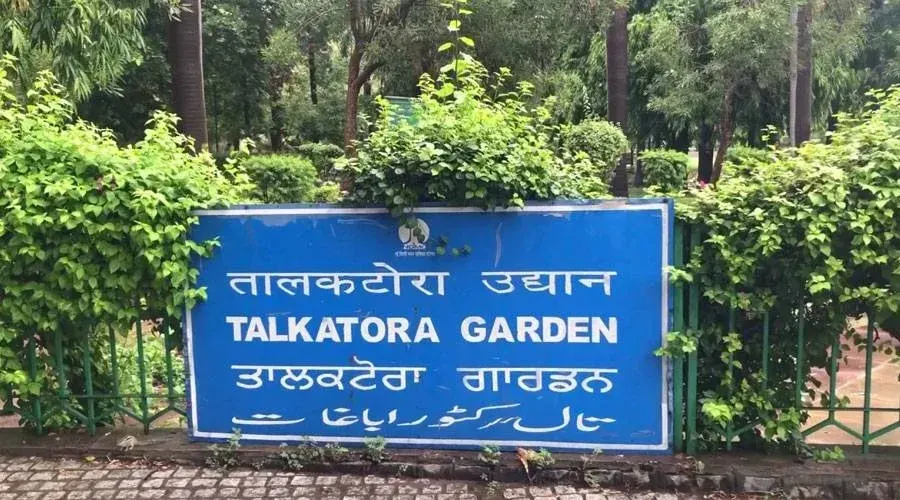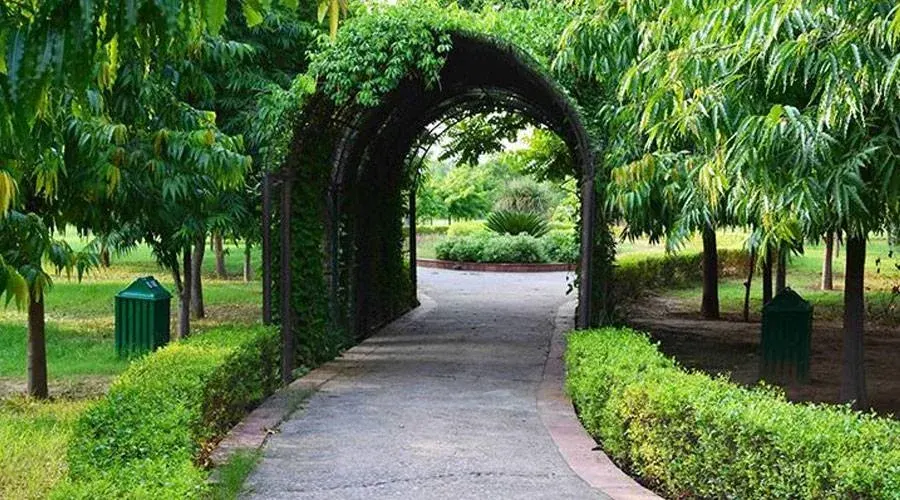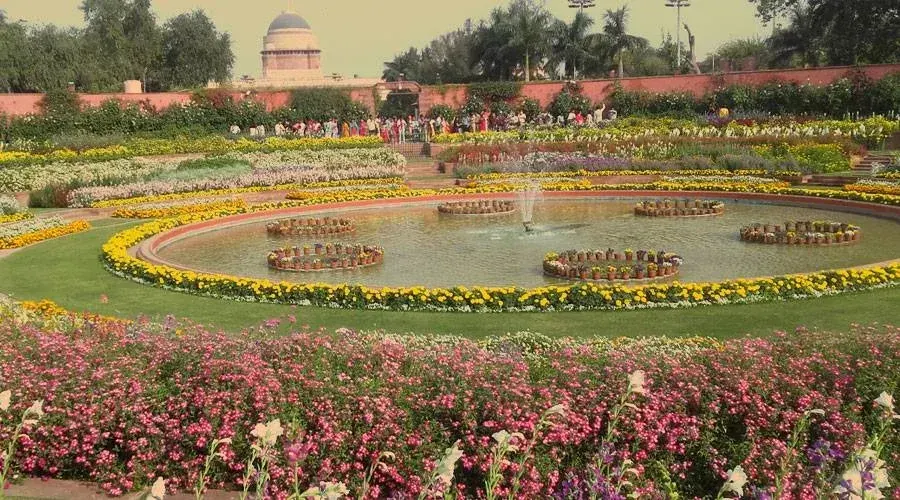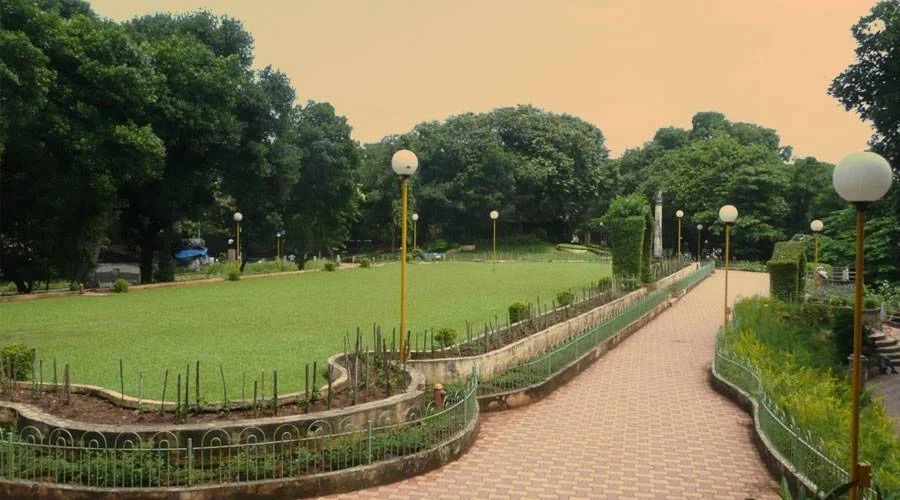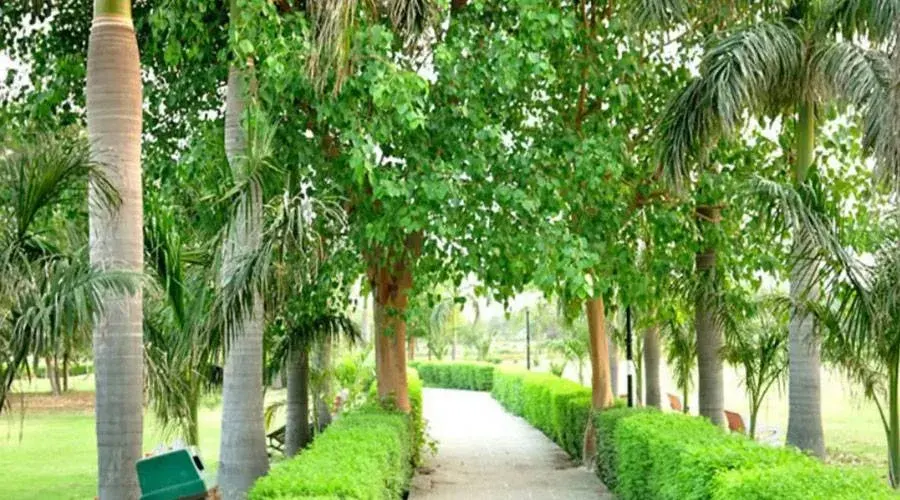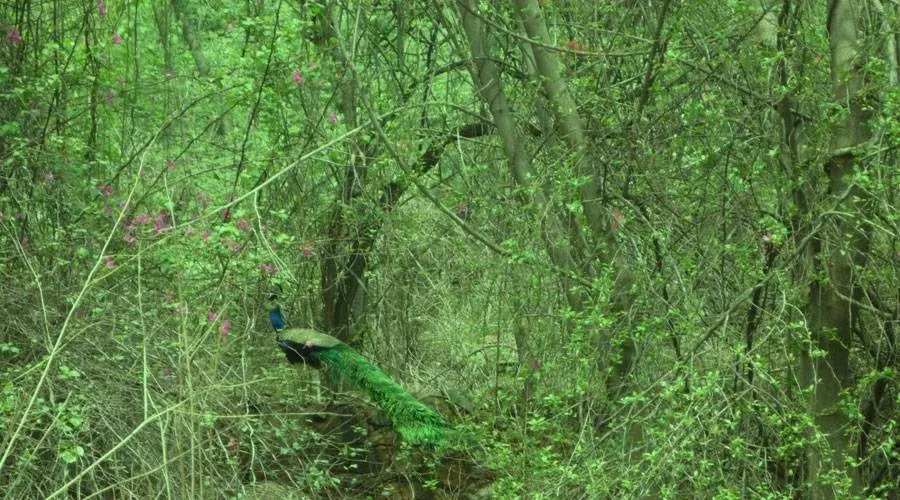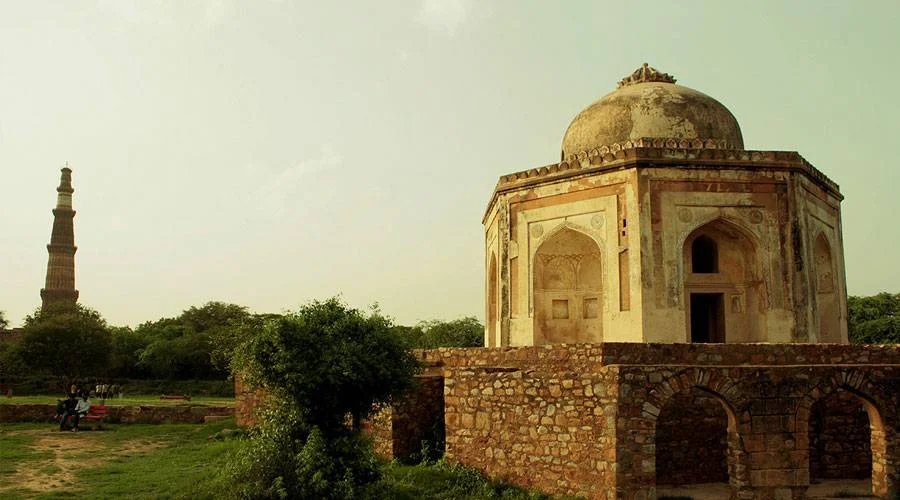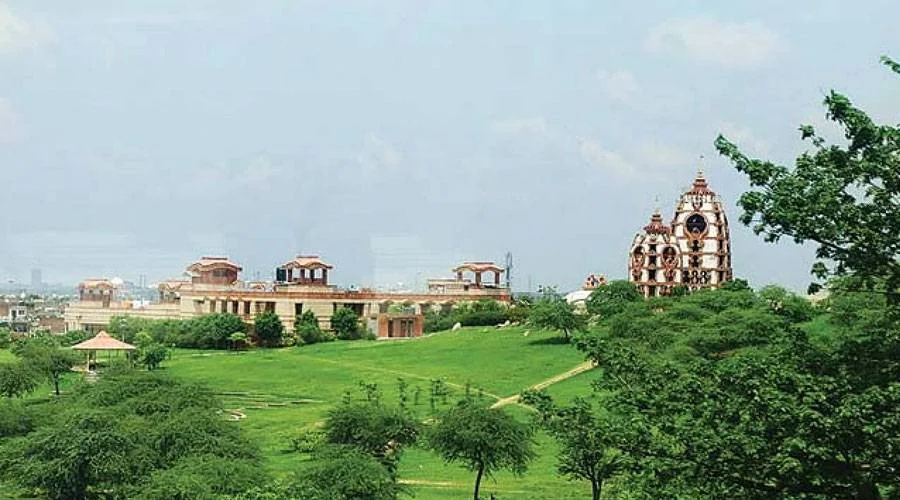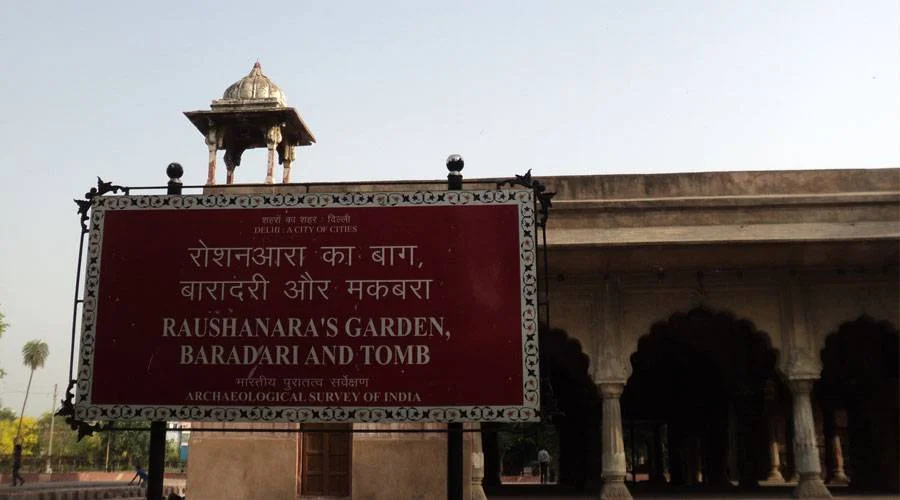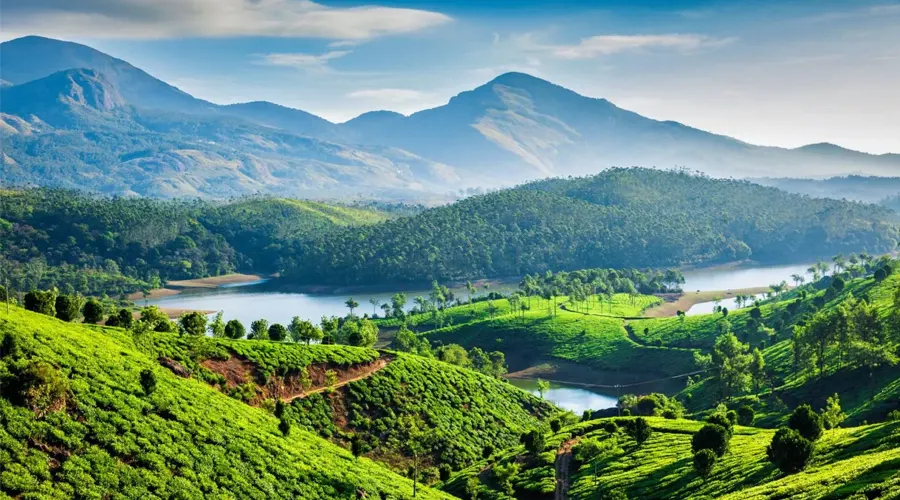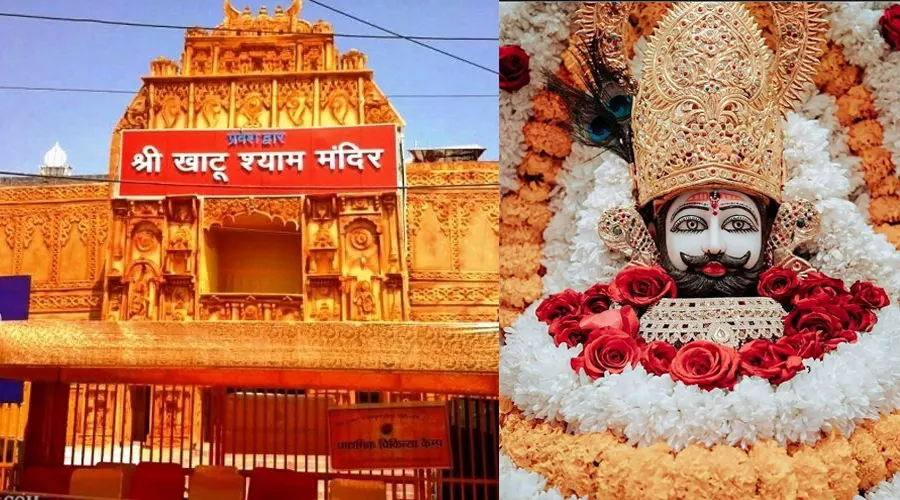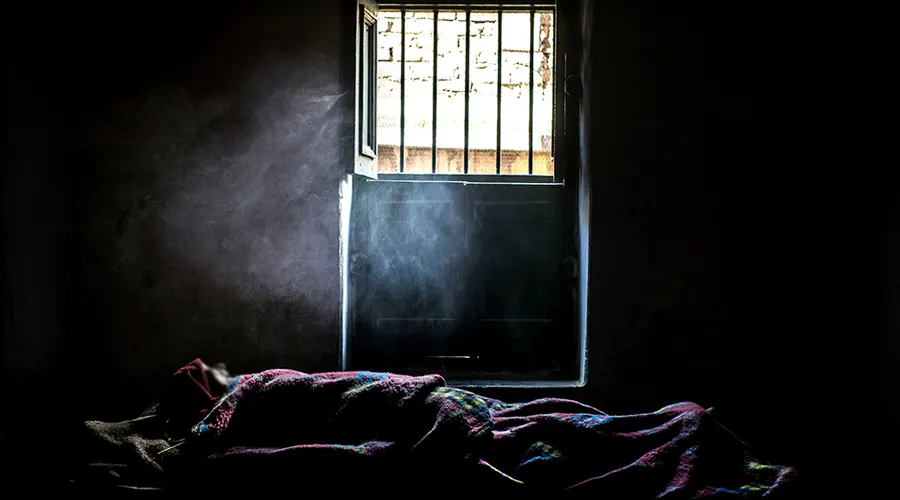Delhi Tourism: From Ancient Empires to a Vibrant Modern Metropolis
Delhi is the traditional and present-day capital of India. Delhi stands in a triangle formed by the river Yamuna in the east and spurs from the Aravali range in the west and south.
Delhi is not only the largest commercial center in Northern India but also the largest center of small industries. The IT, handloom, fashion, textile, and electronic industries contribute greatly to Delhi's economy.
Delhi is bounded by four states namely Haryana, Rajasthan, Uttar Pradesh, and Punjab that have a strong influence on the lifestyle of Delhi. Delhi is a cosmopolitan city where people are open to embracing new ideas and lifestyles. People from all parts of the country live here. All major festival of India is celebrated and the Unity in Diversity is evident in social and cultural gatherings. Be it Holi, Diwali, Id, Guru Purab, Buddha Purnima, or Christmas, you will find the same vigor and bliss among people from different communities.
History of Delhi: A Journey Through Time
Delhi, India’s capital, has been the center of political, cultural, and historical events for centuries. With a rich and diverse past, the city has witnessed the rise and fall of many empires, dynasties, and civilizations. Its historical significance is reflected in the numerous monuments, ruins, and heritage sites that stand as silent witnesses to the city’s dynamic evolution.
1. Ancient Delhi
The history of Delhi dates back to the ancient period, when it was known as Indraprastha, mentioned in the Mahabharata. According to legends, it was the capital of the Pandavas, and its location is believed to be near present-day Purana Qila (Old Fort). Archaeological excavations in and around Delhi have revealed evidence of early human settlements, dating back to the Mauryan Empire and Gupta period, marking the city's ancient importance as a trading and cultural hub.
2. Delhi Under the Mauryas (3rd Century BCE)
Delhi came under the rule of the Mauryan Empire under Emperor Ashoka, around the 3rd century BCE. During this period, the city saw the construction of several Buddhist stupas and pillars. Ashoka’s famous Ashoka Pillar, still standing at Qutub Minar Complex, is a testament to the Mauryan influence in the region.
3. The Sultanate of Delhi (12th - 16th Century)
The Delhi Sultanate was a significant chapter in Delhi’s history, starting with the Ghurid Empire in the 12th century. After the defeat of the last Hindu ruler of Delhi, Prithviraj Chauhan, the Ghurid dynasty took control, establishing Muslim rule in the region. Qutb-ud-Din Aibak laid the foundation of the Delhi Sultanate in 1206, which lasted for over 300 years.
This era witnessed the construction of several grand structures, including the Qutub Minar, a UNESCO World Heritage Site, and the establishment of Delhi’s first city – Delhi Qila or Lal Kot.
4. The Mughal Empire (16th - 18th Century)
Delhi’s most iconic period came under the Mughal Empire, especially during the reign of Akbar (1556-1605). Akbar made Delhi his capital and initiated numerous architectural, cultural, and administrative reforms, laying the foundations for the Mughal legacy in the city.
The Mughals built several architectural marvels, including the Red Fort and Jama Masjid. Emperor Shah Jahan, the builder of the Taj Mahal, also constructed the famous Jama Masjid and Shah Jahanabad, marking the zenith of Mughal architectural splendor in the city.
5. The British Colonial Era (19th Century)
In the mid-19th century, after the decline of the Mughal Empire, Delhi was taken over by the British East India Company. In 1857, Delhi became the epicenter of the First War of Indian Independence, also known as the Indian Mutiny. Following the rebellion, the British officially took control and made Calcutta the capital, sidelining Delhi for a period.
However, in 1911, the British decided to shift the capital from Calcutta to Delhi. They began the construction of New Delhi, which would become the center of British governance in India. The India Gate, Rashtrapati Bhavan, and Viceroy’s House were some of the iconic structures that came up during this time.
6. The Struggle for Independence
Delhi played a pivotal role in India’s freedom struggle. Key events such as the Non-Cooperation Movement, Quit India Movement, and the Salt March resonated through Delhi’s streets. Gandhi, Nehru, and other freedom fighters made significant contributions to the independence movement. On August 15, 1947, India finally gained independence, and Delhi became the capital of the newly independent nation.
7. Post-Independence Era
After independence, Delhi continued to grow and transform into a modern metropolis. The city witnessed rapid urbanization and became a major center of political, economic, and cultural activity. The construction of the Metro, modern infrastructure, and the development of various sectors have made Delhi one of the most populous and economically vibrant cities in India.
Delhi also became the focus of cultural revival, with the establishment of several institutions such as India Habitat Centre, National Museum, and Indira Gandhi National Centre for the Arts.
8. Modern Delhi
Today, Delhi is a blend of ancient traditions and modernity. From the ancient remnants of Qutub Minar and Purana Qila to the grandeur of India Gate and Lotus Temple, Delhi stands as a living testament to India’s vibrant past and present.
With the constant flow of cultures, religions, and communities, Delhi’s evolving nature is reflected in its diverse neighborhoods, markets, and heritage sites. It is a place where history is not just preserved but lived daily by its residents and visitors alike.
Key Historical Landmarks in Delhi
- Qutub Minar: A UNESCO World Heritage Site and a symbol of Delhi’s early Muslim rule.
- Red Fort: A grand Mughal structure that witnessed numerous historical events.
- Humayun’s Tomb: A precursor to the Taj Mahal, showcasing Mughal architectural brilliance.
- India Gate: A war memorial commemorating the soldiers who died during World War I.
- Purana Qila: An ancient fort believed to be built by the Pandavas.
- Jama Masjid: One of the largest mosques in India, built by Shah Jahan.
Heritage and Monuments of Delhi: A Glimpse into India’s Glorious Past
Delhi, the capital of India, is a city that beautifully blends its ancient history with modern development. It is home to a rich array of monuments and heritage sites that narrate the stories of the Mughal Empire, British colonial era, and India's struggle for independence. From grand forts and palaces to majestic tombs and ancient temples, Delhi's heritage is an essential part of its identity. Here’s a look at some of the most iconic monuments and heritage sites that define Delhi’s rich cultural legacy:
1. Red Fort (Lal Qila)
A UNESCO World Heritage Site, the Red Fort is one of Delhi's most famous monuments. Built by Mughal Emperor Shah Jahan in the 17th century, the fort is a stunning example of Mughal architecture, with its grand gates, towering walls, and beautiful gardens. It served as the main residence of the Mughal emperors for about 200 years. Today, it stands as a symbol of India's struggle for independence, with the Prime Minister hoisting the national flag here every Independence Day.
2. Qutub Minar
Another UNESCO World Heritage Site, the Qutub Minar is the tallest brick minaret in the world. Standing at 73 meters, this architectural marvel was built by Qutb-ud-Din Aibak in 1193. The minaret and the surrounding Qutub complex, including the Quwwat-ul-Islam Mosque and the Iron Pillar, are masterpieces of Indo-Islamic architecture. The Qutub Minar is a significant example of Delhi's medieval past and its cultural exchange.
3. India Gate
Built in honor of the soldiers who died in World War I, India Gate is a national monument and an iconic symbol of Delhi. Designed by Sir Edwin Lutyens, the grand arch stands tall at 42 meters and is located at the heart of the city. The eternal flame, Amar Jawan Jyoti, burns beneath the arch in remembrance of the soldiers' sacrifice. India Gate is a popular destination for tourists and locals alike, especially during evenings when it is beautifully lit up.
4. Humayun’s Tomb
The Tomb of Humayun is another UNESCO World Heritage Site and a fine example of Mughal architecture. Built in the mid-16th century by Empress Bega Begum, it is a precursor to the Taj Mahal in Agra. Surrounded by lush gardens and water channels, this tomb is a stunning piece of architecture with its symmetrical design, domed structure, and intricate Mughal craftsmanship.
5. Jama Masjid
One of the largest mosques in India, the Jama Masjid was built by Emperor Shah Jahan in the 17th century. Located near the Red Fort, it can accommodate over 25,000 people during prayers. The mosque's towering minarets, grand central dome, and stunning courtyards make it a must-visit for those interested in Delhi’s Islamic heritage. Visitors can also climb the minaret for a breathtaking view of the bustling streets of Old Delhi.
6. Lotus Temple
A modern architectural marvel, the Lotus Temple is shaped like a blooming lotus flower and is a symbol of the Bahá'í faith. Built in 1986, the temple is open to people of all religions and is known for its peaceful ambiance and stunning white marble structure. The Lotus Temple is a popular tourist destination and a tranquil place for reflection and meditation.
7. Akshardham Temple
The Akshardham Temple, also known as the Swaminarayan Akshardham Temple, is one of the largest Hindu temples in India. It was inaugurated in 2005 and is a modern wonder with its intricate carvings, massive central dome, and peaceful ambiance. The temple showcases India's rich cultural heritage through exhibitions, light and sound shows, and sculptures depicting scenes from Hindu mythology.
8. Tughlaqabad Fort
The Tughlaqabad Fort, built in the 14th century by Sultan Ghiyas-ud-din Tughlaq, is an ancient fortress located in southern Delhi. Though in ruins, it remains one of Delhi’s grand forts. The fort’s massive walls, gates, and structures offer a glimpse into the military architecture of medieval India. The fort is also associated with several local legends and myths.
9. Jantar Mantar
Jantar Mantar is an astronomical observatory built in the 18th century by Maharaja Jai Singh II. It houses a collection of architectural astronomical instruments, including the Samrat Yantra, the largest sundial in the world. The site offers insight into ancient Indian science and is a fascinating spot for those interested in astronomy.
10. Safdarjung Tomb
The Safdarjung Tomb is a beautiful garden tomb built in the 18th century for Safdarjung, a noble in the Mughal Empire. The tomb’s grand central dome, intricate carvings, and lush surrounding gardens are reminiscent of the architecture of the Mughal era. It is a peaceful retreat, offering a blend of Mughal and Persian architectural styles.
11. Raj Ghat
Raj Ghat is the memorial site dedicated to Mahatma Gandhi, the Father of the Nation. The black marble platform marks the spot where he was cremated after his assassination in 1948. Visitors come here to pay homage to the leader who led India to independence. The serene atmosphere and well-maintained gardens provide a reflective space for visitors.
12. Purana Qila (Old Fort)
Built by Sher Shah Suri in the 16th century, Purana Qila is one of the oldest forts in Delhi. The fort has witnessed numerous historical events and has been a symbol of the city’s architectural and military grandeur. It is located near the banks of the Yamuna River and is home to the Indraprastha Museum, which offers insights into Delhi’s ancient history.
13. Delhi Haat
While not an ancient monument, Dilli Haat is an important heritage site that offers visitors a chance to experience the traditional handicrafts, arts, and foods from across India. The market’s rural village-like setting, vibrant stalls, and cultural performances make it a unique destination for visitors looking to explore India’s diversity.
Delhi is a city that showcases India’s diverse heritage, and its monuments reflect centuries of architectural, cultural, and spiritual evolution. Whether you're exploring the grandeur of Mughal structures, learning about India's colonial past, or experiencing the fusion of modern and ancient styles, Delhi’s heritage and monuments are an essential part of any visit.
Cultural Celebrations and Diversity in Delhi: A Tapestry of Traditions and Festivities
Delhi, as the capital of India, is a vibrant city that reflects the country’s rich cultural mosaic. The city’s diversity is not only evident in its cuisine, languages, and traditions but also in the various festivals and cultural celebrations it hosts throughout the year. Delhi’s cultural landscape is a mix of the traditional and modern, with festivals that bring people from all walks of life together to celebrate their shared heritage. Here’s a glimpse into the cultural celebrations that make Delhi a melting pot of traditions and diversity.
1. Diwali – The Festival of Lights
One of the most celebrated festivals in Delhi, Diwali is a grand occasion that brings the entire city to life with vibrant decorations, bursting firecrackers, and a spirit of joy and prosperity. Homes and markets are illuminated with oil lamps (diyas) and electric lights, while people indulge in sweets, new clothes, and family gatherings. The atmosphere is festive, with temples and markets hosting special prayers and celebrations. The city’s diverse communities come together to mark the victory of light over darkness, making Diwali a symbol of unity.
2. Holi – The Festival of Colors
Holi, the festival of colors, is another major celebration in Delhi that marks the arrival of spring. This exuberant festival sees people throw colored powders, splash water balloons, dance to festive music, and celebrate with friends and family. Holi transcends religious boundaries and is a time for people to come together in a display of joy, energy, and love. The streets of Delhi, especially areas like Mathura Road, transform into a riot of colors during Holi, and cultural performances add to the festive atmosphere.
3. Eid – Celebrating Faith and Unity
Delhi, with its significant Muslim population, celebrates Eid with grandeur. The city’s mosques, including the iconic Jama Masjid, host special prayers, and families come together to enjoy festive meals. The markets are filled with vendors selling traditional sweets like sewaiyan (vermicelli) and mawa. The old city of Delhi, especially the lanes of Chandni Chowk, come alive with shopping, food, and cultural festivities. Eid is a time of reflection, charity, and community bonding.
4. Christmas – A Celebration of Joy
Christmas in Delhi is a joyous occasion celebrated by Christians and non-Christians alike. The city’s churches, including Sacred Heart Cathedral and St. James Church, host midnight mass services. The festive spirit fills the air, with streets adorned in Christmas lights, and markets like Connaught Place offering decorations and treats. Families come together to celebrate with feasts, exchange gifts, and enjoy the vibrant atmosphere that the city offers during the holiday season.
5. Durga Puja – A Festivity of Devotion
Though Durga Puja is most associated with West Bengal, Delhi's cultural diversity is reflected in the grand celebrations held by the Bengali community in the city. The festive celebrations involve beautifully decorated pandals (temporary structures) dedicated to Goddess Durga, along with cultural performances, rituals, and processions. The area of Chittaranjan Park in Delhi is especially known for its elaborate Durga Puja celebrations, making it a must-visit for anyone wanting to experience the fusion of art, religion, and cultural heritage.
6. Lohri – Welcoming the Winter Harvest
Lohri is a harvest festival celebrated in Delhi, particularly by Punjabi communities. The festival marks the end of winter and the arrival of the harvest season, symbolized by the worship of fire. People gather around bonfires, sing folk songs, dance the bhangra, and enjoy traditional foods like tilgul, popcorn, and rewri (sweets made of sesame seeds). Lohri brings together friends, families, and communities in joyous celebrations, reflecting Delhi’s cultural connections to agriculture and seasonal change.
7. Baisakhi – A Festival of New Beginnings
Celebrated by the Sikh community, Baisakhi marks the beginning of the harvest season in Punjab and Northern India. It holds special significance for Sikhs as it commemorates the formation of the Khalsa in 1699. In Delhi, the festival is marked by the reading of prayers at Gurdwaras (Sikh temples), especially Gurdwara Bangla Sahib. Baisakhi is also a time for traditional dance forms like Bhangra and Gidda, which bring vibrancy to the streets of Delhi.
8. Janmashtami – Celebrating Lord Krishna
Janmashtami, the birth of Lord Krishna, is celebrated with great devotion in Delhi. Temples across the city, such as ISKCON Temple and Dwarkadheesh Temple, are beautifully decorated, and devotees engage in devotional singing, dancing, and prayers. The celebration is marked by fasting and midnight prayers, with devotees re-enacting the life of Krishna. The city is filled with religious processions and festivities, creating a spiritual and joyous atmosphere.
9. Raksha Bandhan – A Bond of Love
Raksha Bandhan is a festival dedicated to the bond between brothers and sisters. Sisters tie a rakhi (sacred thread) around their brothers’ wrists, symbolizing protection and love. In return, brothers give gifts to their sisters. The festival is celebrated with great enthusiasm across Delhi, and many markets are filled with colorful rakhis, gifts, and sweets. It’s a beautiful reflection of familial love and the cultural importance of relationships.
10. Karva Chauth – A Celebration of Matrimonial Bonds
Karva Chauth is an important festival observed by married Hindu women in Delhi, where they fast for the long life and well-being of their husbands. The day-long fast is broken after sighting the moon, and the celebrations are marked by prayers and social gatherings. Women dress in traditional attire, and the festival is celebrated with much zeal, showcasing Delhi’s vibrant community spirit and the importance of marital ties.
11. Makar Sankranti – A Festival of Kites
Though celebrated across India, Makar Sankranti in Delhi is known for its spectacular kite flying competition. People take to the rooftops of their homes or gather in open spaces to launch colorful kites into the sky. The festival marks the transition of the sun into Capricorn and is celebrated with tilgul, patties, and other traditional sweets. It is a joyous occasion where the city embraces its shared love for outdoor festivities and traditions.
Delicious Cuisines of Delhi: A Culinary Journey Through the Capital
Delhi, the heart of India, is not only known for its rich history and cultural diversity but also for its extraordinary food. The city’s culinary scene is a melting pot of flavors, combining the best of North Indian, Mughlai, Punjabi, and street food traditions. Whether you’re indulging in spicy chaats, flavorful kebabs, or rich curries, Delhi offers an array of mouthwatering dishes that are sure to tantalize your taste buds. Here’s a look at some of the most delicious and iconic cuisines that define Delhi’s food culture:
1. Butter Chicken
One of the most famous dishes in Delhi, Butter Chicken (also known as Murgh Makhani) is a rich and creamy curry made with tender pieces of chicken, cooked in a blend of tomatoes, butter, and aromatic spices. This iconic dish, originating from the city, is usually paired with naan or rice and is a must-try for anyone visiting Delhi. The velvety texture and perfect balance of flavors make it an unforgettable experience.
2. Chole Bhature
A quintessential Delhi dish, Chole Bhature is a hearty meal consisting of spicy chickpeas (chole) served with deep-fried bread (bhature). This dish is often enjoyed for breakfast or lunch and is especially popular in Old Delhi’s bustling markets. It is typically paired with pickles, yogurt, and onions, offering a flavorful and satisfying combination.
3. Kebabs
Delhi is renowned for its mouthwatering kebabs, which are influenced by Mughlai cuisine. The city’s kebabs, including Seekh Kebabs, Shami Kebabs, and Galouti Kebabs, are prepared using tender cuts of meat, marinated in a blend of yogurt, spices, and herbs, then grilled or fried to perfection. Kebabs at Karim's, a famous Old Delhi eatery, are a must-try for meat lovers.
4. Paratha
The humble Paratha is a staple in Delhi’s food culture. These crispy, flaky flatbreads are stuffed with a variety of fillings like potatoes, paneer, or minced meat, and served with yogurt, pickles, and curries. Paratha Wali Gali in Chandni Chowk is a famous destination for paratha lovers, where you can savor parathas stuffed with everything from potato and cauliflower to more exotic fillings like rabri (sweetened condensed milk).
5. Dahi Puri
Dahi Puri, a popular street food, is a variation of Pani Puri. It consists of small crispy puris stuffed with tangy yogurt, potatoes, chickpeas, and topped with chutneys and spices. The combination of cold yogurt and spicy chutneys offers a delightful contrast, making it a perfect snack for a hot day. Vendors across the city, especially in areas like Connaught Place and Saket, serve this refreshing treat.
6. Chaat
Delhi is the birthplace of many iconic chaats, a variety of savory snacks that are a perfect blend of sweet, sour, salty, and spicy flavors. Aloo Tikki Chaat, Pani Puri, Papri Chaat, and Bhel Puri are among the most popular options. The streets of Connaught Place, Chandni Chowk, and South Extension are lined with vendors offering these delicious treats, each with its unique twist.
7. Biryani
While Biryani is commonly associated with Hyderabad, Delhi also boasts its own rich and flavorful version of this aromatic rice dish. Delhi’s Biryani is often made with marinated meat (usually mutton or chicken), cooked with basmati rice and spices, giving it a distinct flavor. Popular spots like Al Jawahar and Bukhara serve some of the city’s best biryanis, which are often paired with raita or salan (gravy).
8. Samosa
A quintessential street snack, the Samosa is a crispy, deep-fried pastry filled with spiced potatoes, peas, or minced meat. These triangular treats are enjoyed by people of all ages and are commonly served with tamarind chutney. Samosas can be found at almost every street corner in Delhi, making them a convenient and satisfying snack.
9. Aloo Tikki
A popular street food, Aloo Tikki is made from mashed potatoes mixed with spices, then shaped into patties and deep-fried. Often served with sweet tamarind chutney and spicy green chutney, Aloo Tikki is crispy on the outside and soft on the inside, making it a perfect snack or appetizer. The combination of flavors and textures is what makes this dish so delightful.
10. Jalebi
For those with a sweet tooth, Jalebi is a must-try dessert in Delhi. Made from deep-fried batter soaked in sugar syrup, Jalebi is crispy on the outside and juicy on the inside. This golden, syrupy treat is often enjoyed warm and is a favorite during festivals, weddings, and local fairs. It pairs wonderfully with rabri, a creamy, sweet dessert made from condensed milk.
11. Pesarattu
A savory pancake made from green moong dal (mung beans), Pesarattu is a popular breakfast item in Delhi. This crispy, protein-packed dish is usually served with ginger chutney or sambar (a spiced lentil soup). Though it has its origins in Andhra Pradesh, Pesarattu is enjoyed across Delhi, especially in the mornings, as a light yet filling meal.
12. Lassi
Lassi, a refreshing yogurt-based drink, is a popular beverage in Delhi. While sweet lassi is the most commonly consumed, you can also find salty lassi in many local eateries. Chandni Chowk and Old Delhi are famous for their lassi shops, where you can enjoy thick, creamy lassi topped with a generous dollop of cream.
13. Kachori
Kachori, another popular street snack in Delhi, is a round, deep-fried pastry filled with a spicy mixture of lentils or peas. It is often served with tamarind chutney and yogurt, and the crispy outer shell contrasts beautifully with the soft, spicy filling inside. This is a popular breakfast item and can be found in many parts of Delhi.
14. Makhane Ki Kheer
A traditional dessert made with makhanas (fox nuts), Makhane Ki Kheer is a creamy, sweet dish prepared with milk, sugar, and dry fruits. It is often flavored with cardamom and saffron, making it a rich and aromatic dessert that’s especially popular during festivals like Diwali and Karva Chauth.
15. Thali
The Delhi Thali is an elaborate meal that offers a variety of dishes, including curries, lentils, vegetables, rice, bread, and desserts. The thali allows you to sample a range of flavors in one sitting, making it a great way to experience traditional Indian cuisine. Many restaurants across Delhi, including Rajdhani Thali and Chor Bizarre, offer an all-you-can-eat thali experience.
Art and Craft in Delhi
- Delhi’s thriving art scene includes a rich mix of traditional crafts and contemporary art. The city’s art galleries, such as Art Heritage and Lalit Kala Academy, offer a glimpse into India’s artistic legacy. Delhi is also famous for its Zardozi embroidery, Meenakari work, and pottery, reflecting the city’s deep-rooted craft culture.
Modern Lifestyle in Delhi
- The vibrant, fast-paced lifestyle of Delhi stands in contrast to its historical past. With new shopping malls, nightclubs, and a booming tech industry, Delhi is a cosmopolitan city that attracts young professionals, artists, and entrepreneurs. The North Campus of Delhi University, for example, showcases the city’s growing modern identity with its changing values, clothing styles, and openness to new lifestyles.
- In conclusion, Delhi is a city that seamlessly blends ancient history, cultural diversity, and modern innovation. Whether you’re exploring its rich heritage, enjoying its diverse festivals, or indulging in its culinary delights, Delhi offers something for everyone. Its rapid growth, bustling lifestyle, and rich heritage make it one of India’s most dynamic cities.
Conclusion: Discover the Timeless Essence of Delhi
Delhi is not just a city—it's a captivating journey through centuries of history, culture, and transformation. From the ancient ruins of Indraprastha and majestic Mughal forts to the colonial charm of New Delhi and the vibrant life of its modern streets, Delhi offers a unique blend of the old and the new. Its diverse cuisine, colorful festivals, artistic heritage, and historical monuments reflect the soul of India in every corner.
Whether you're exploring bustling markets, marveling at architectural wonders, or immersing yourself in spiritual serenity, Delhi promises experiences that are as enriching as they are unforgettable. A visit to Delhi is more than just a trip—it's a deep dive into India's glorious past and dynamic present.

